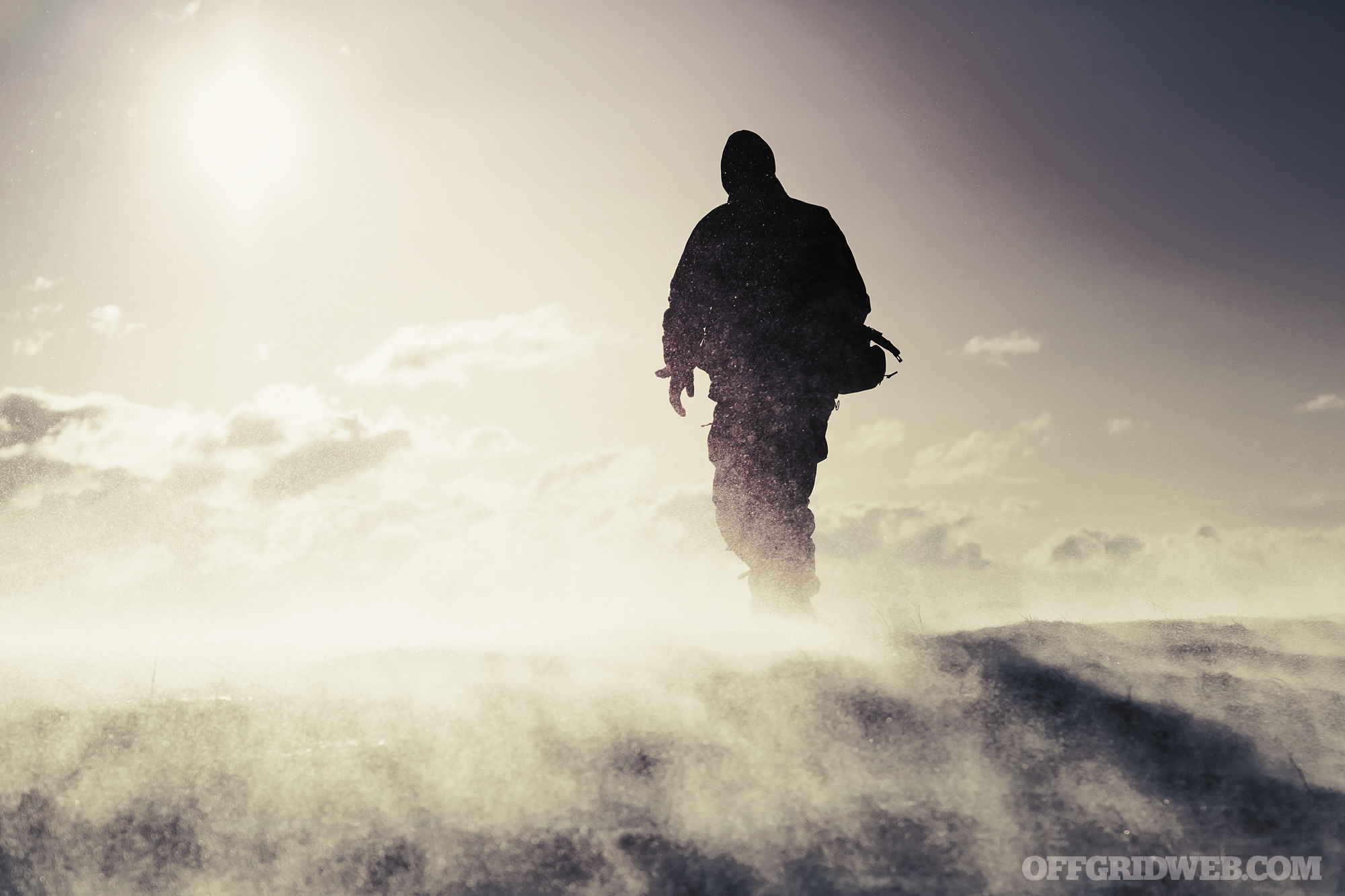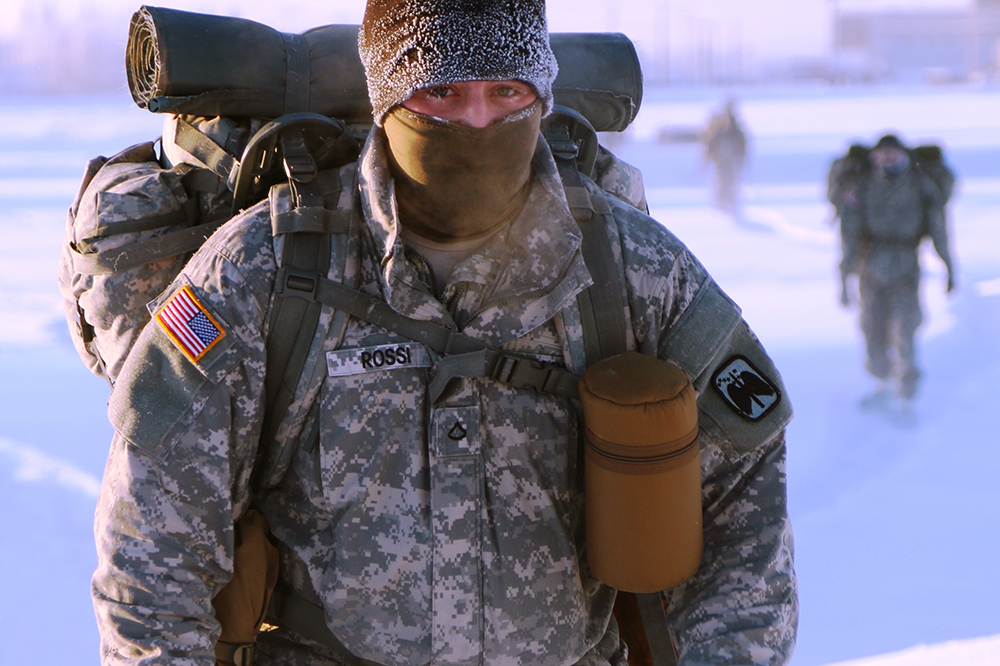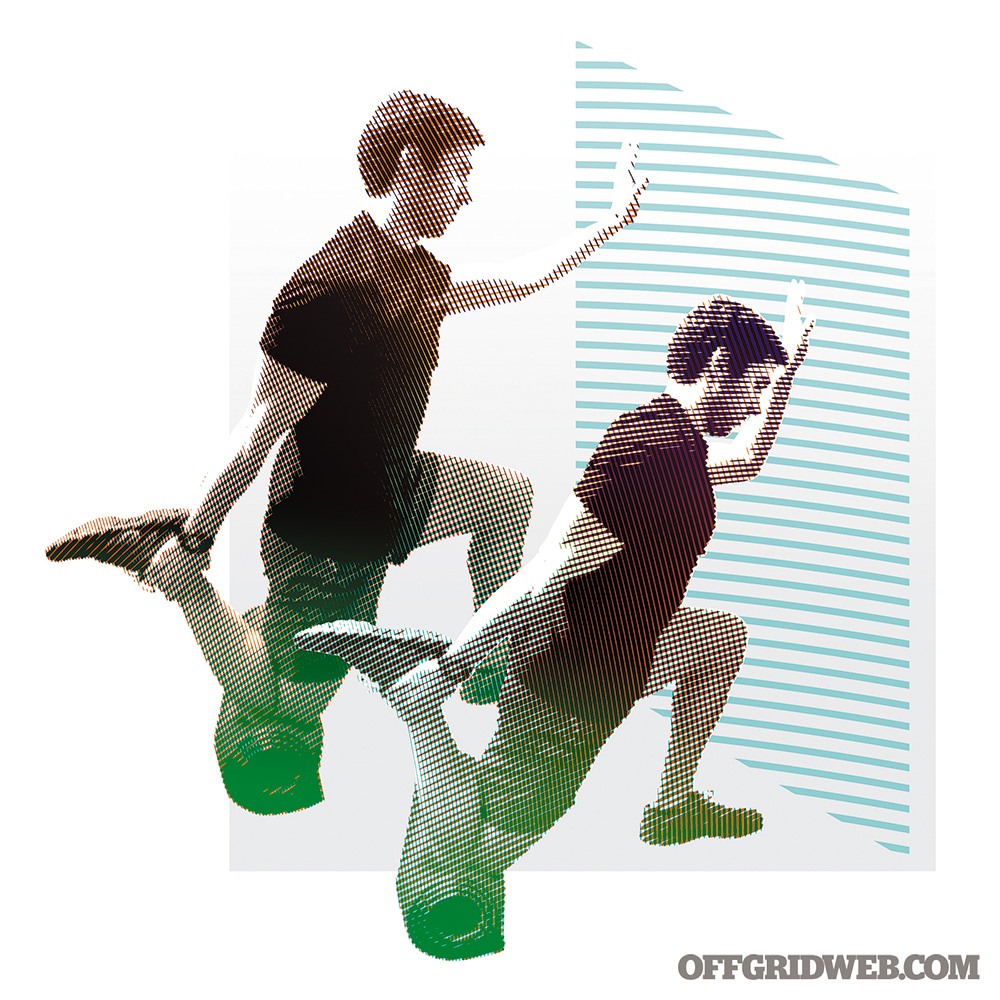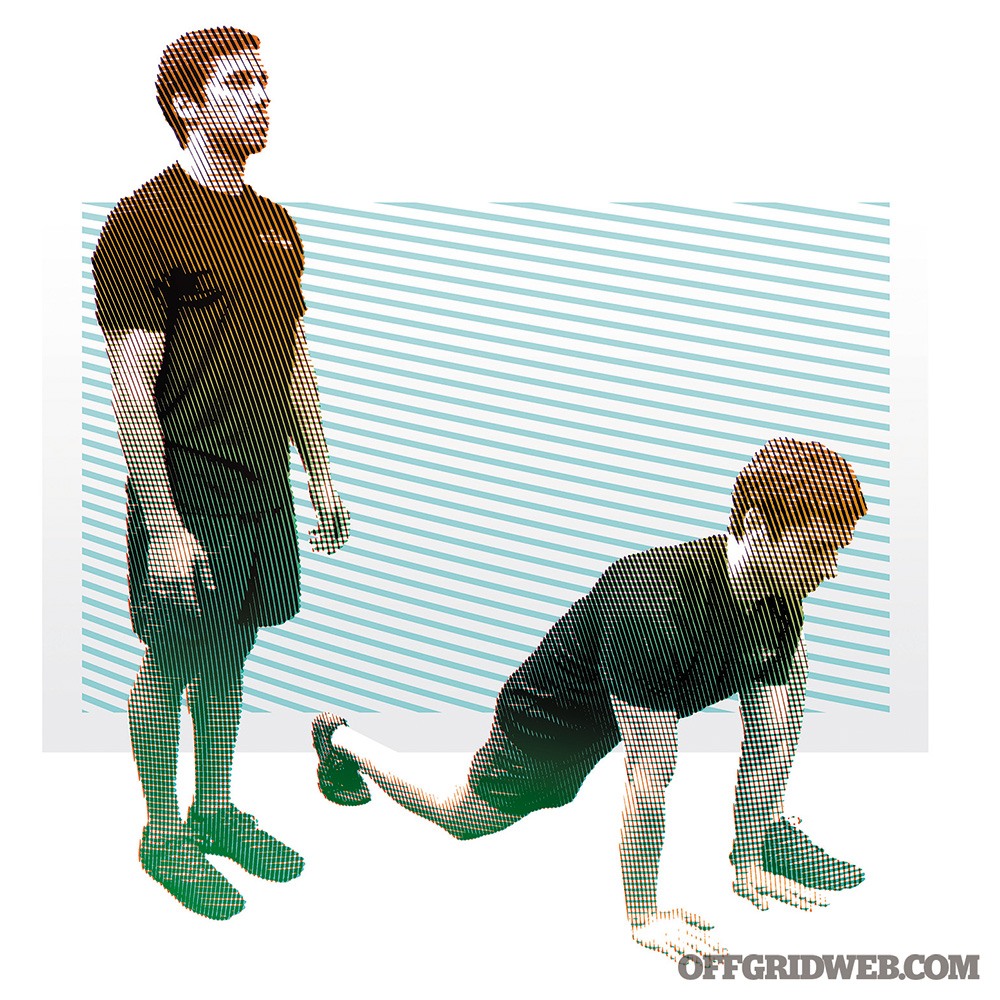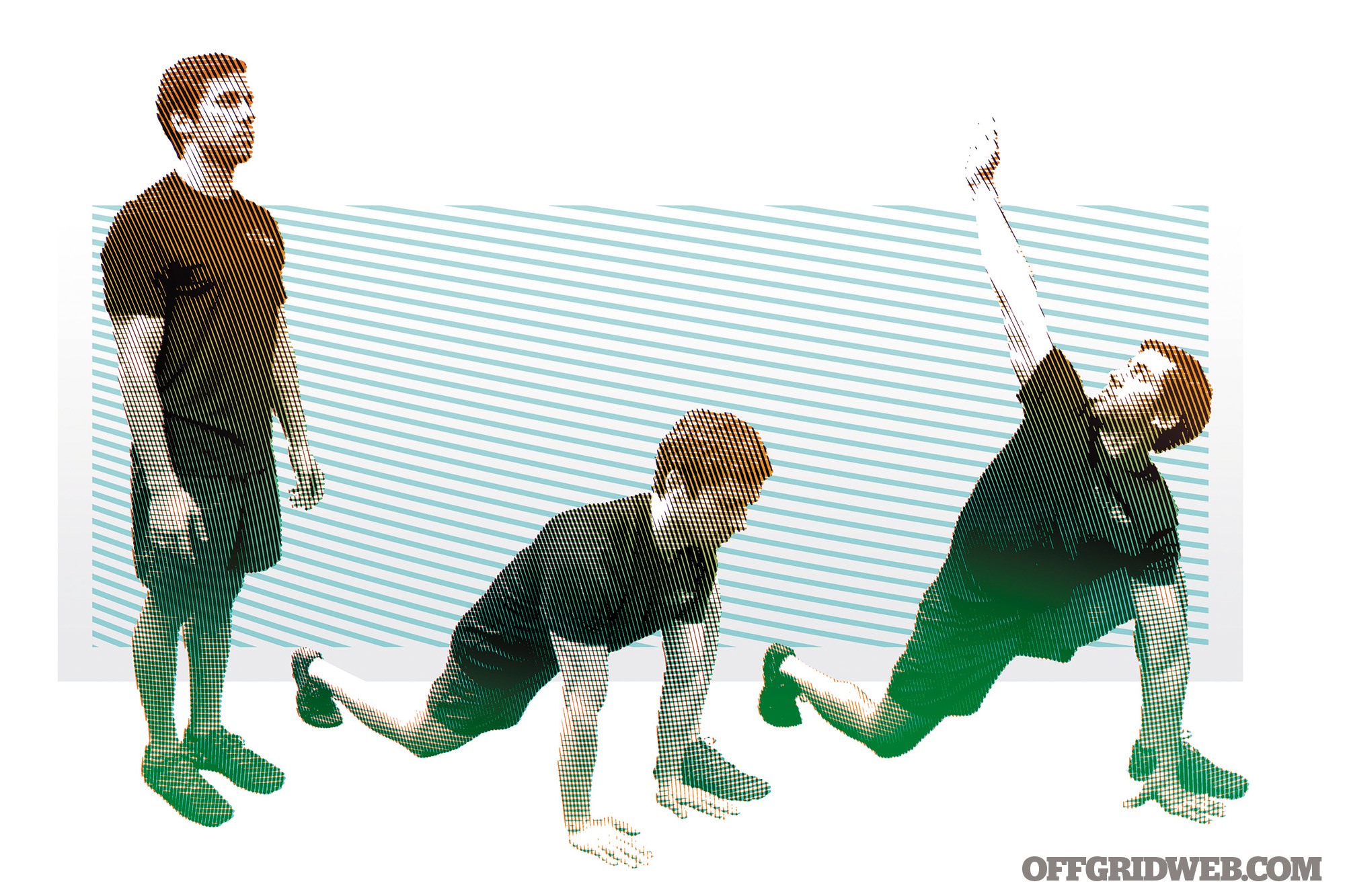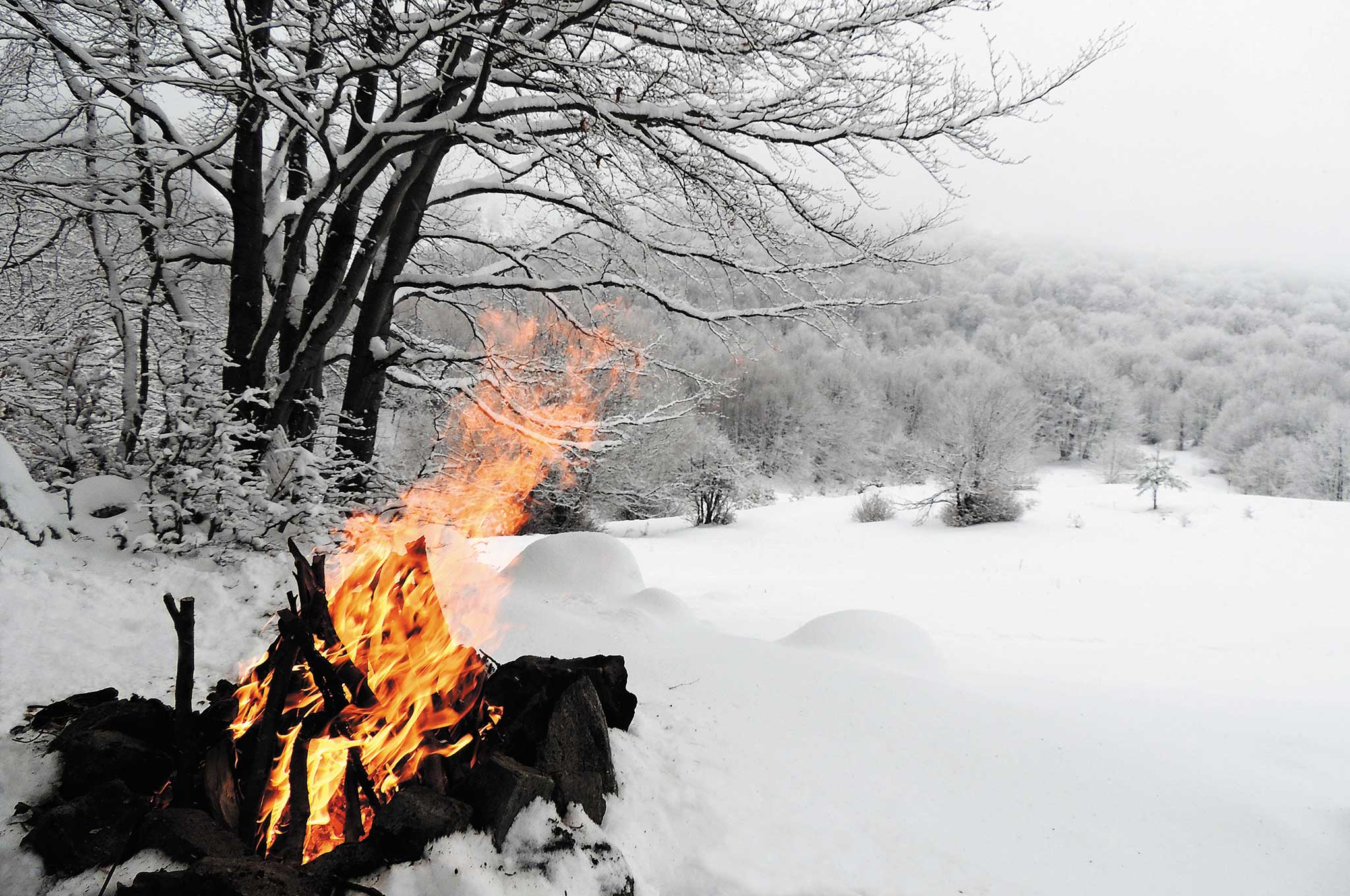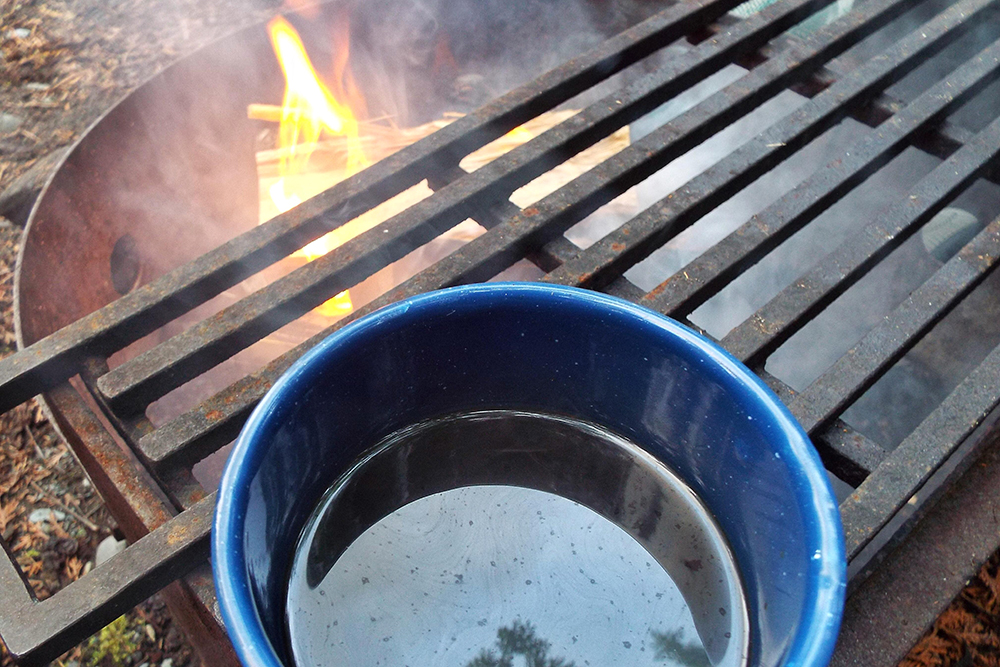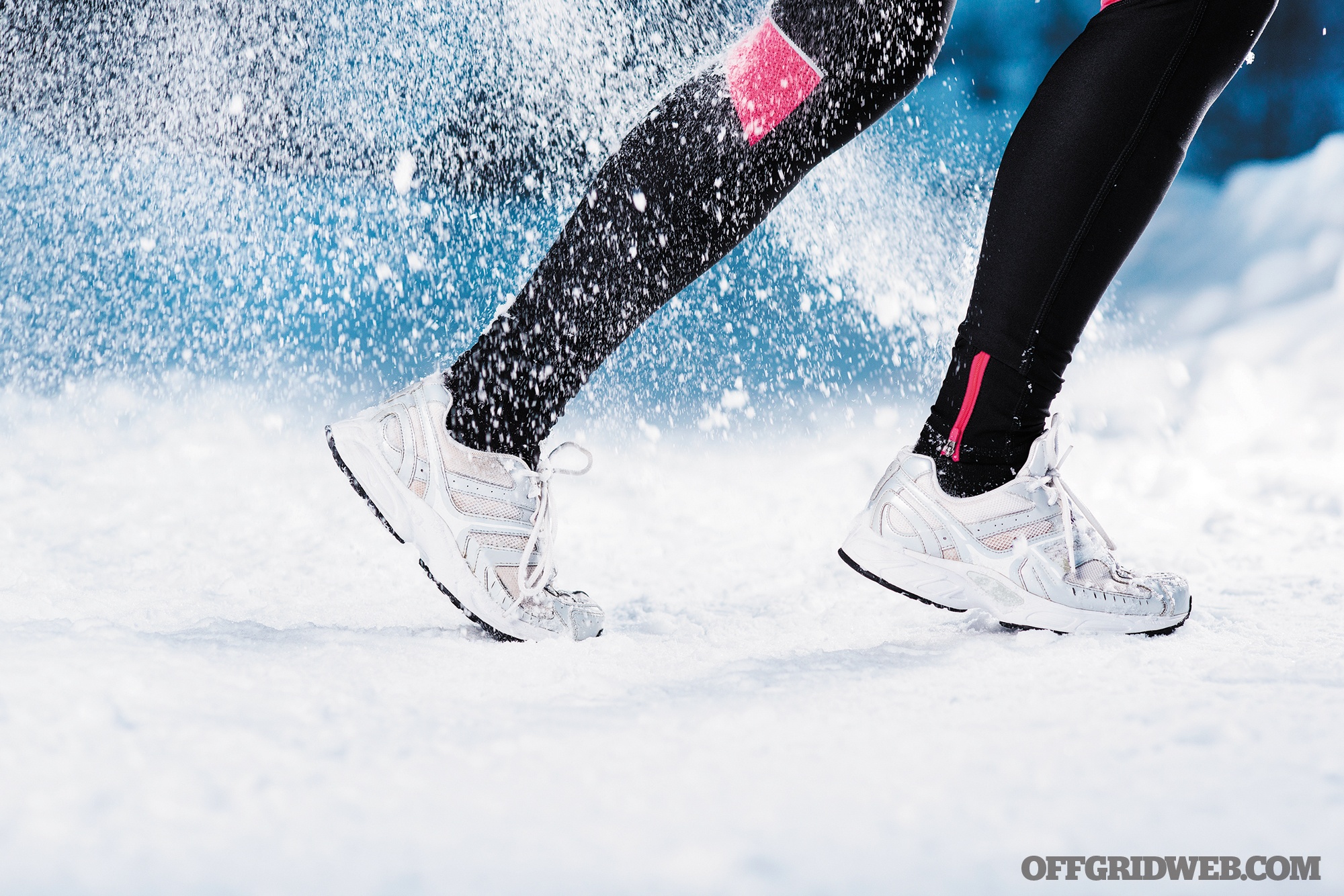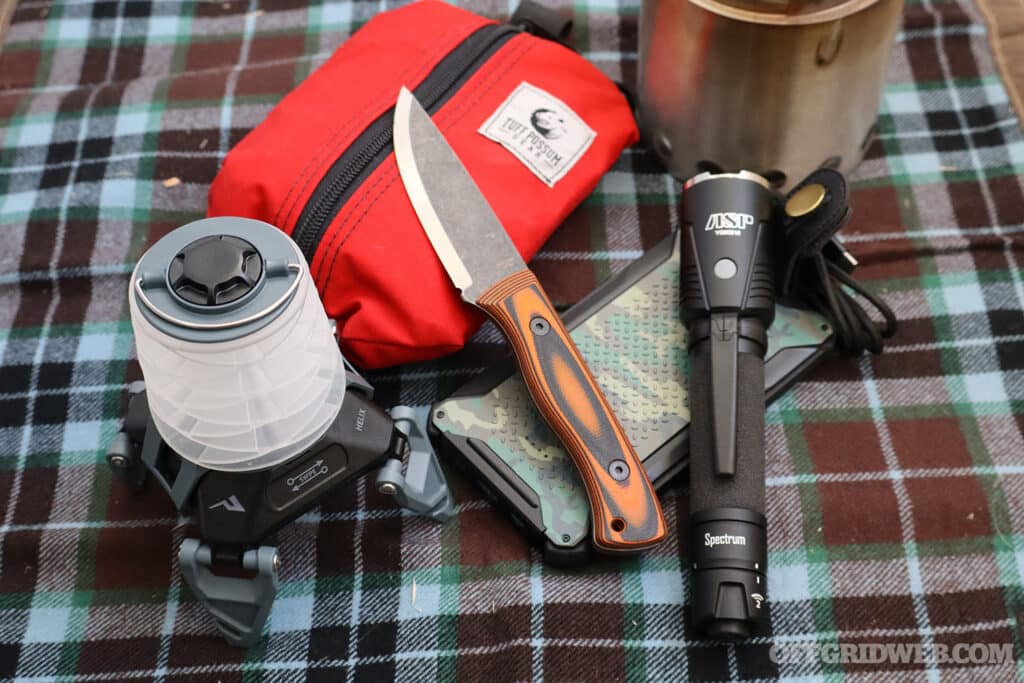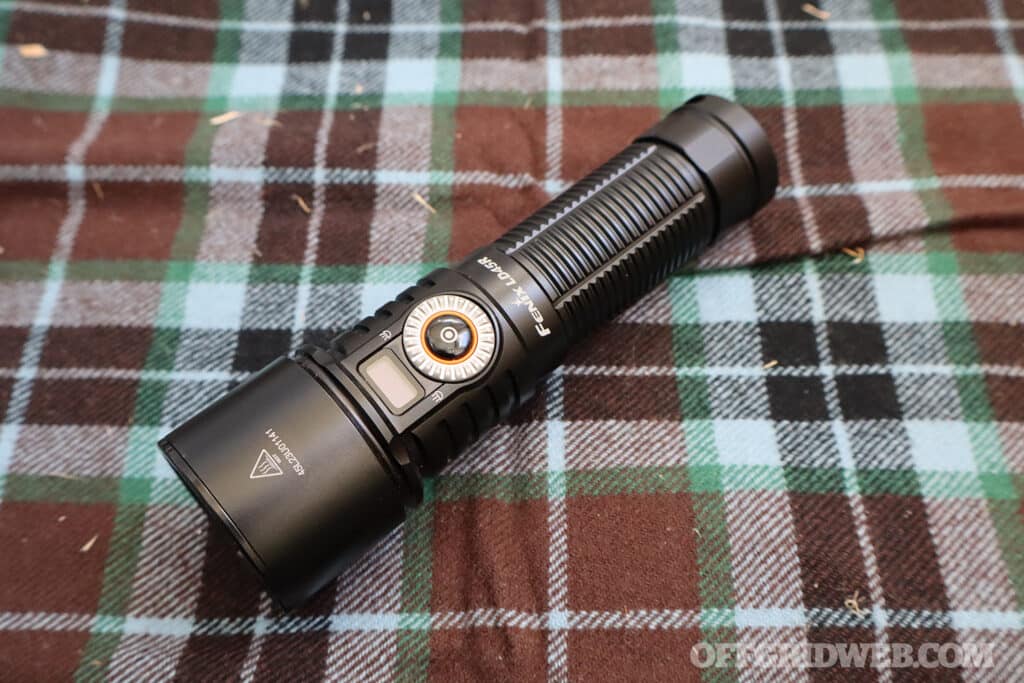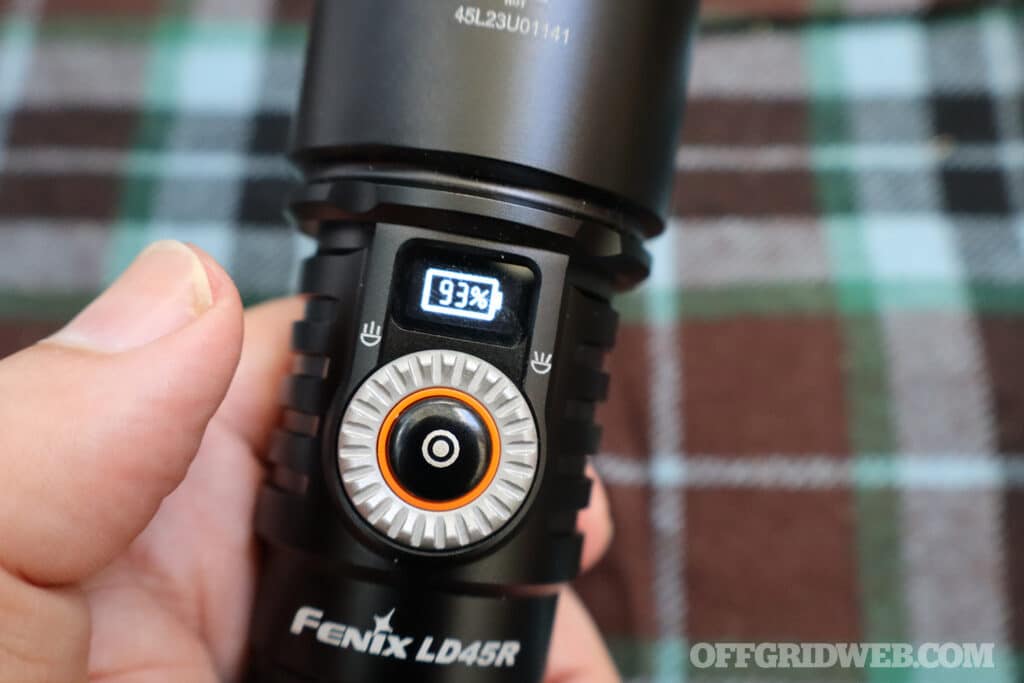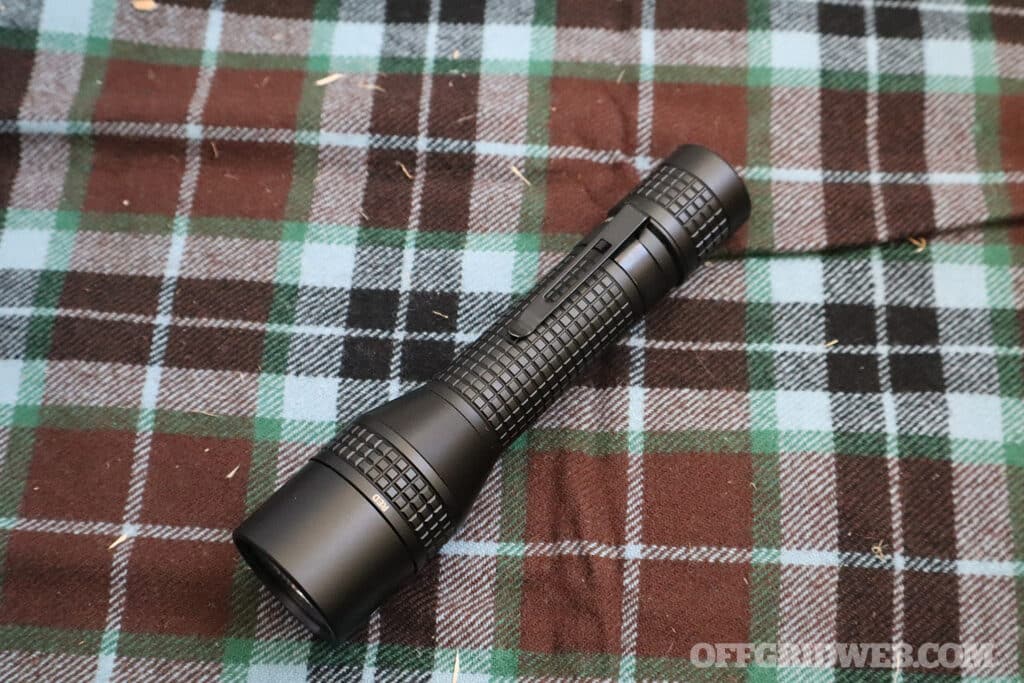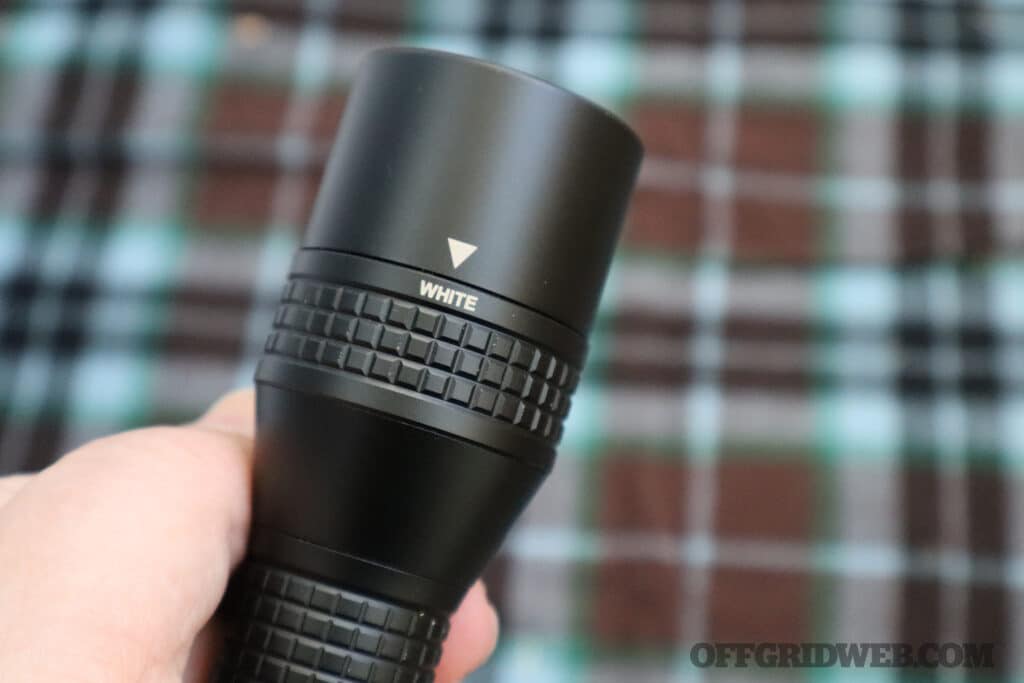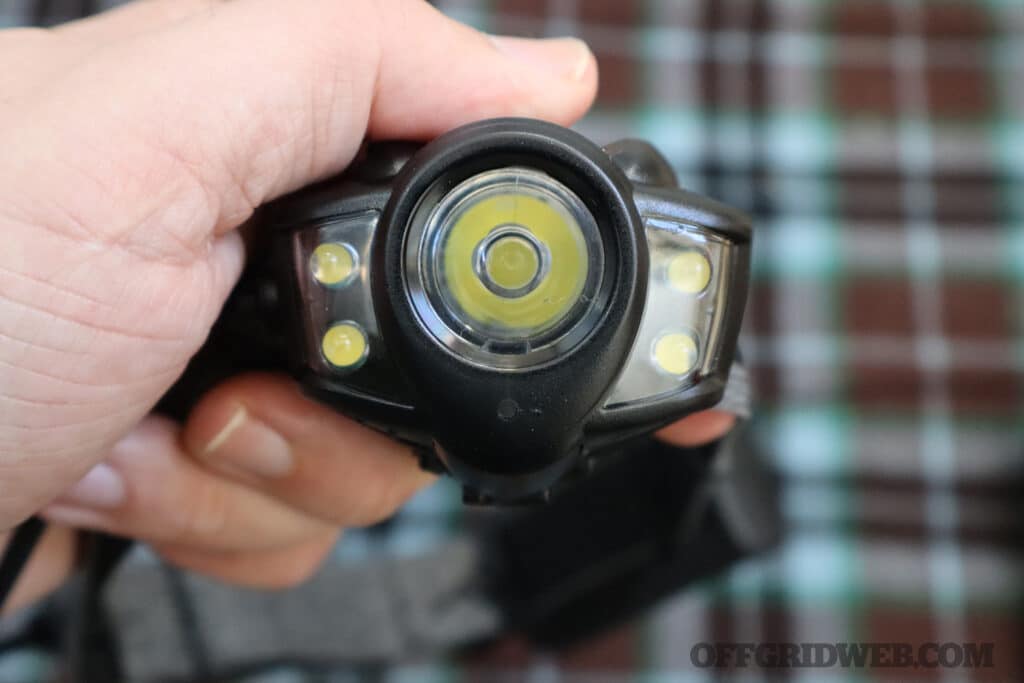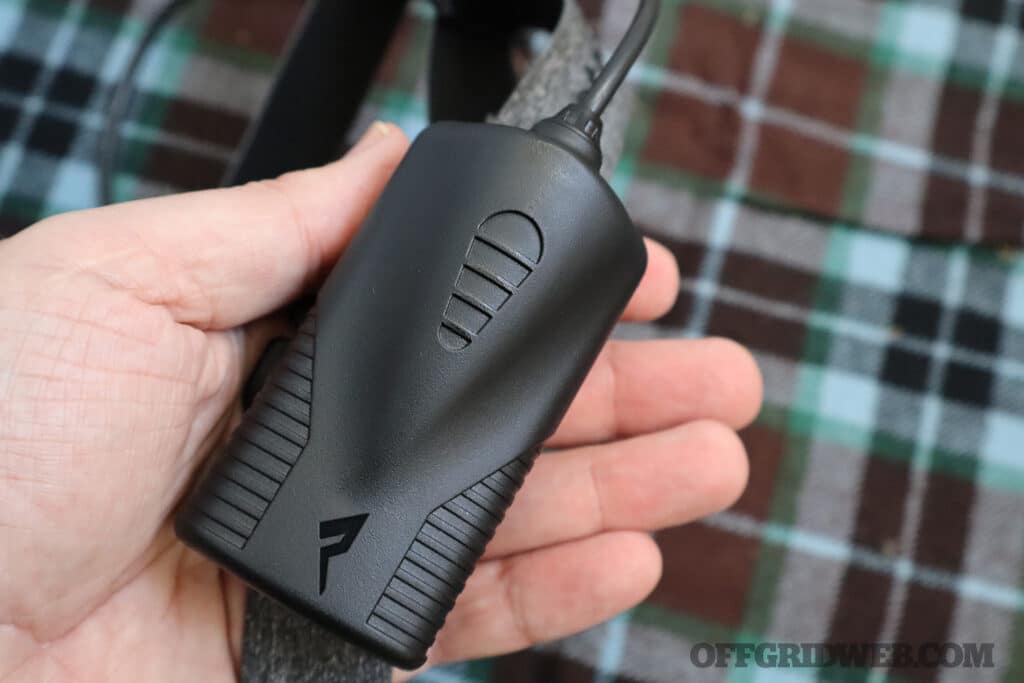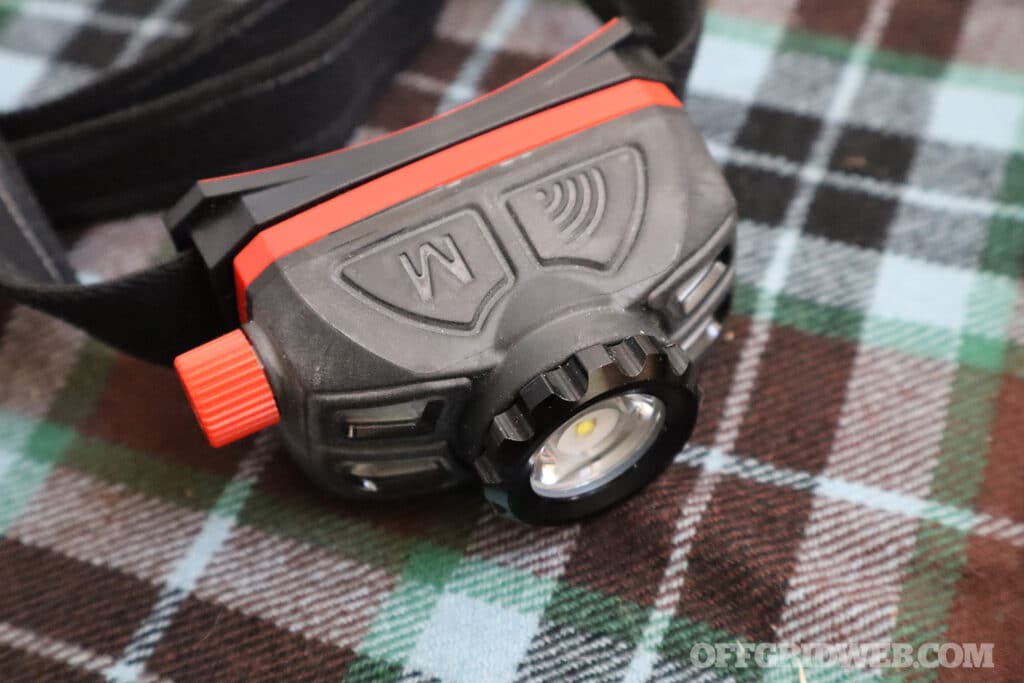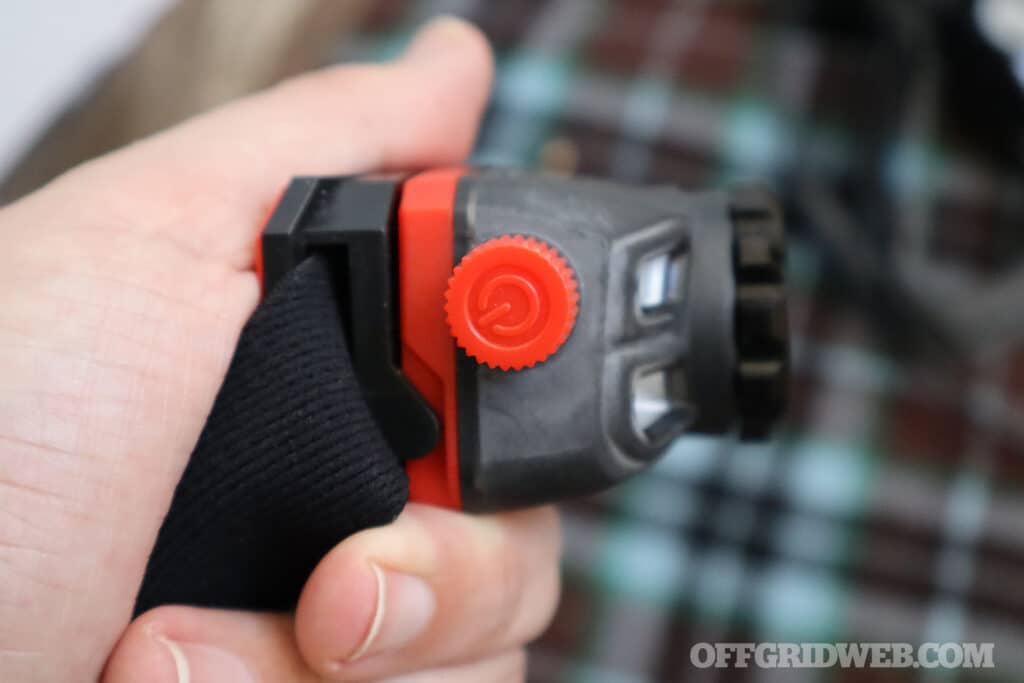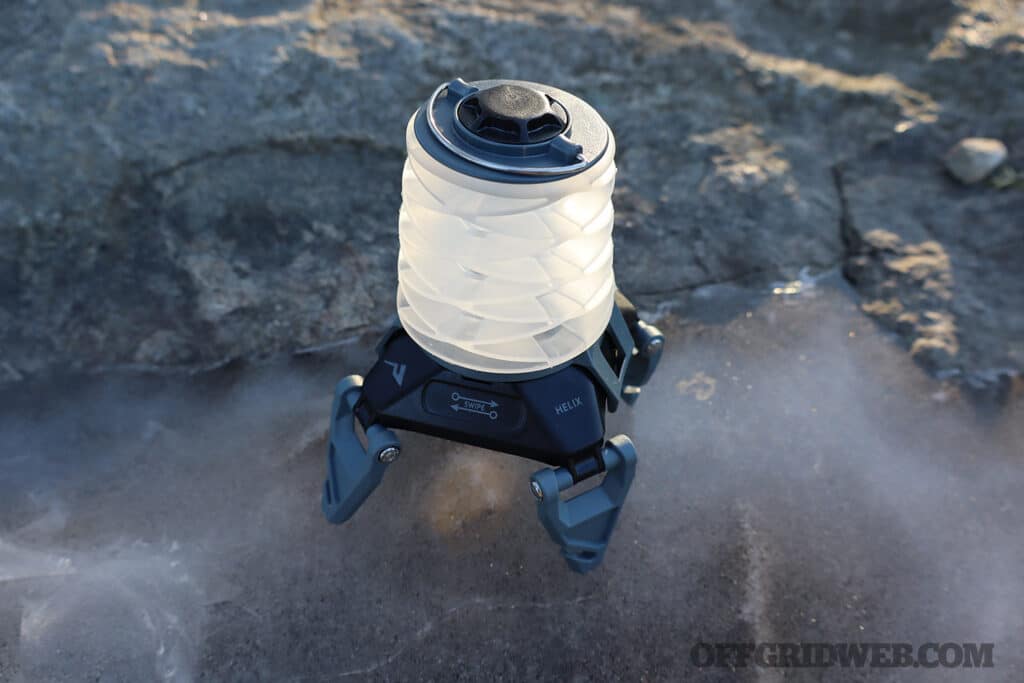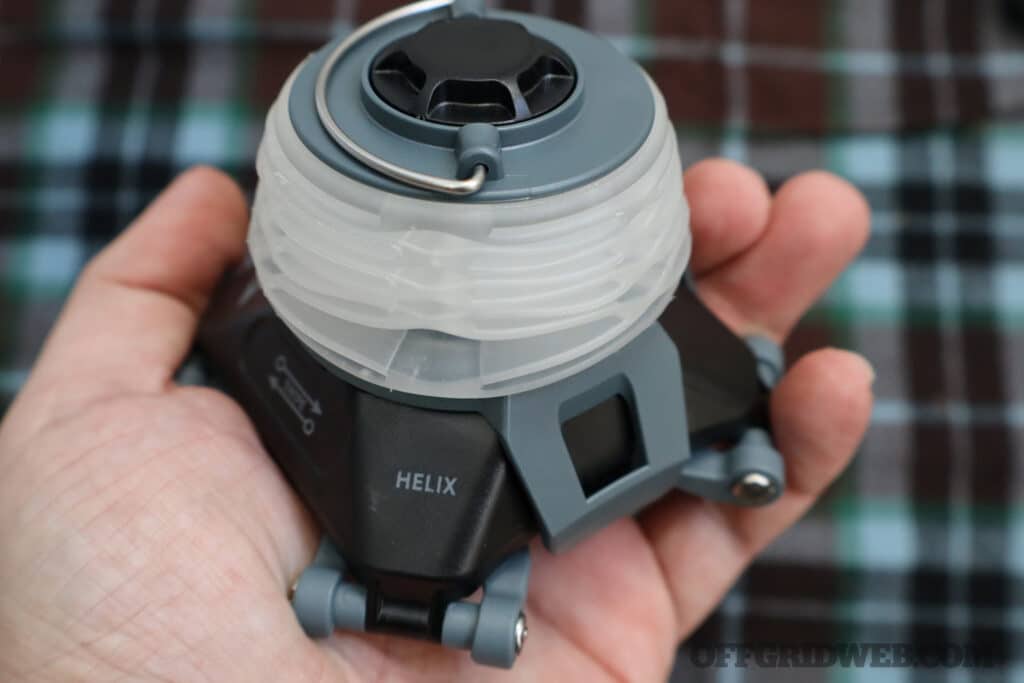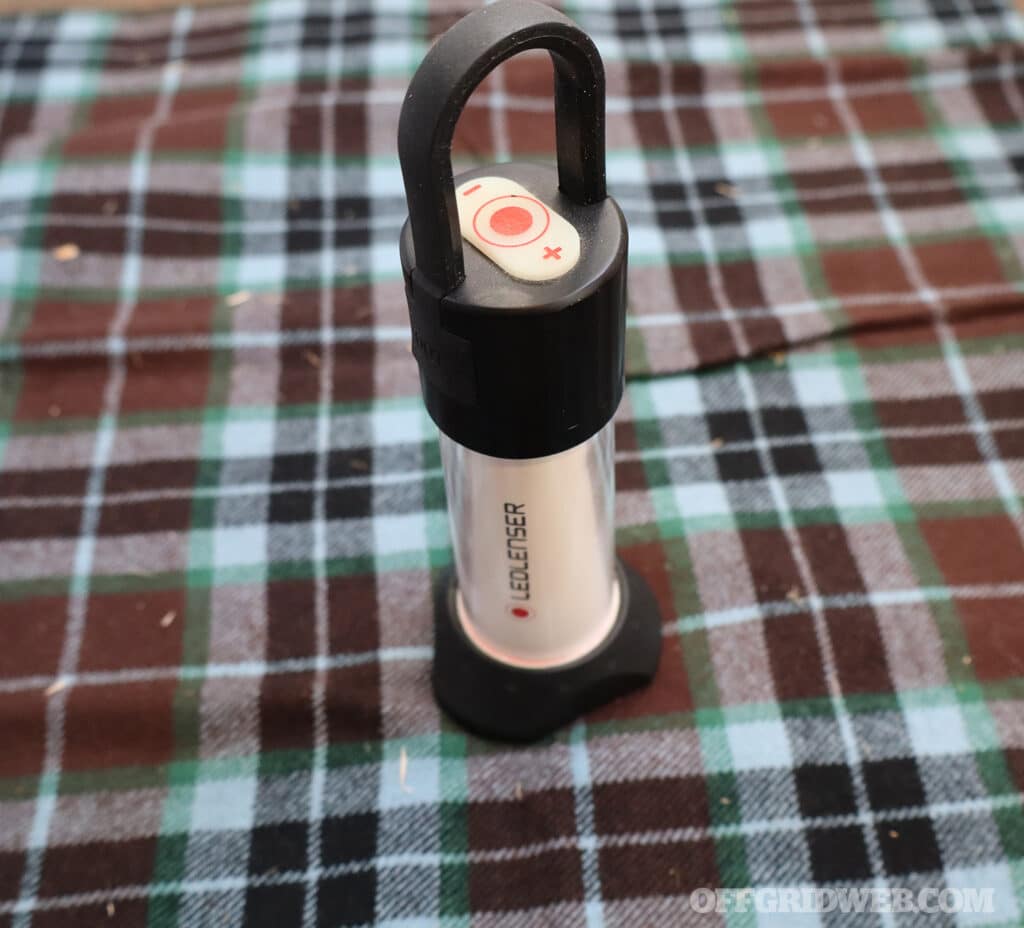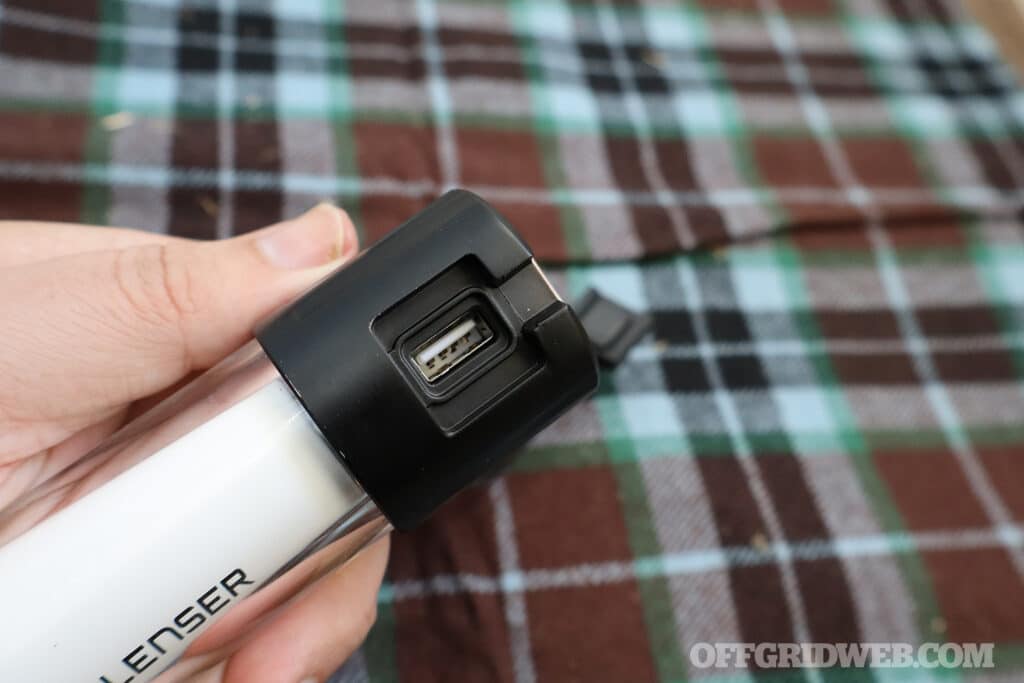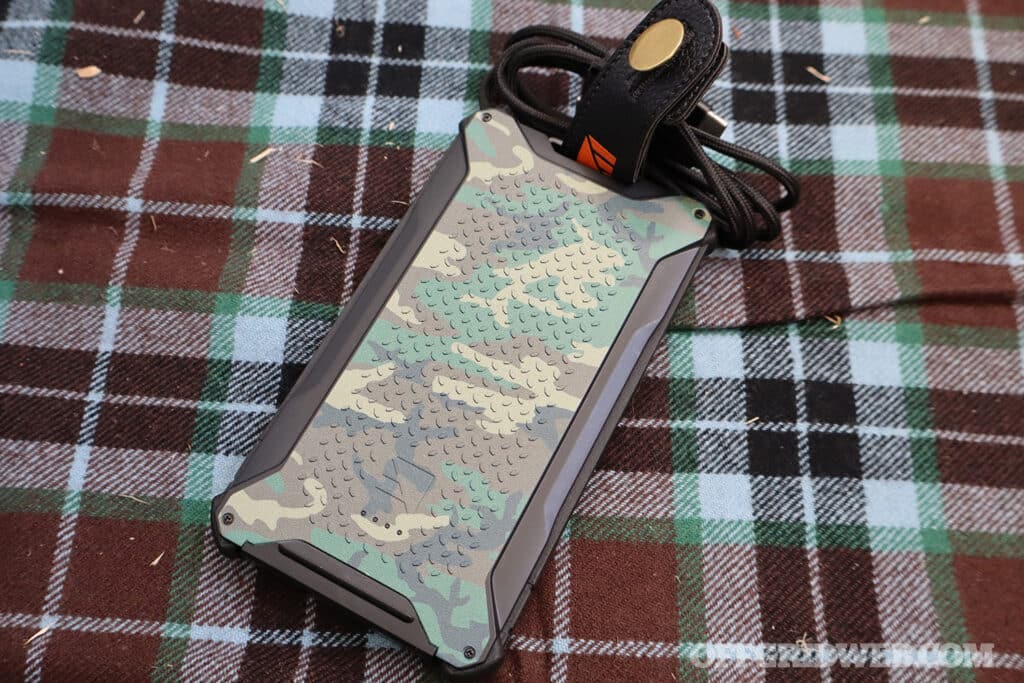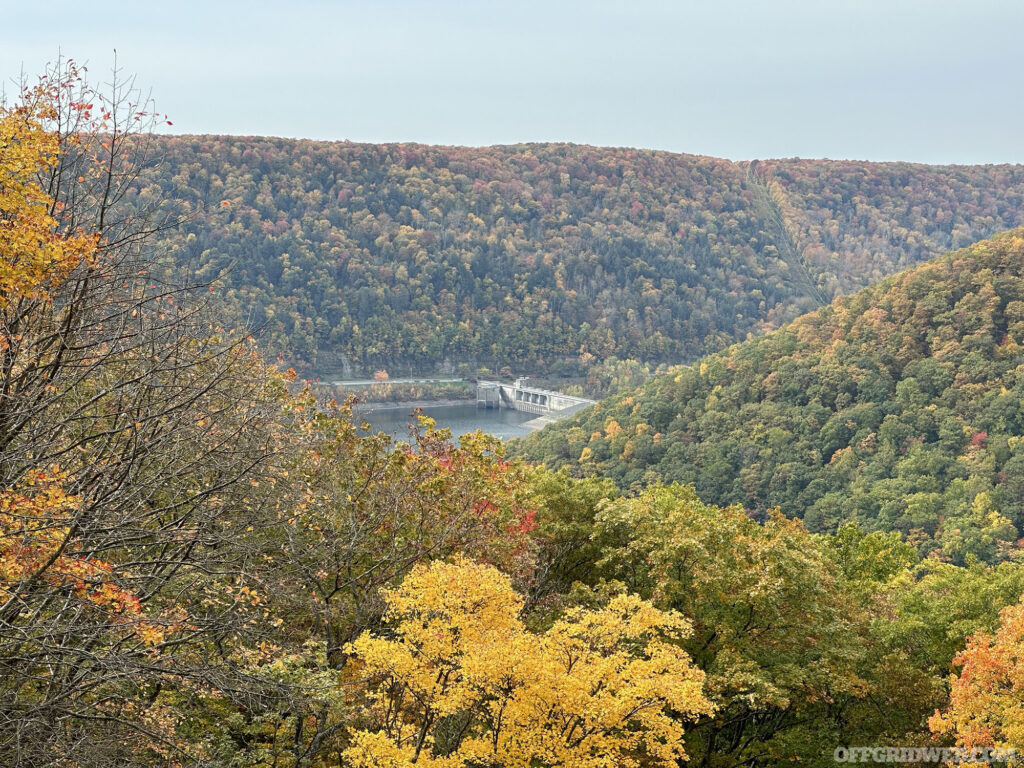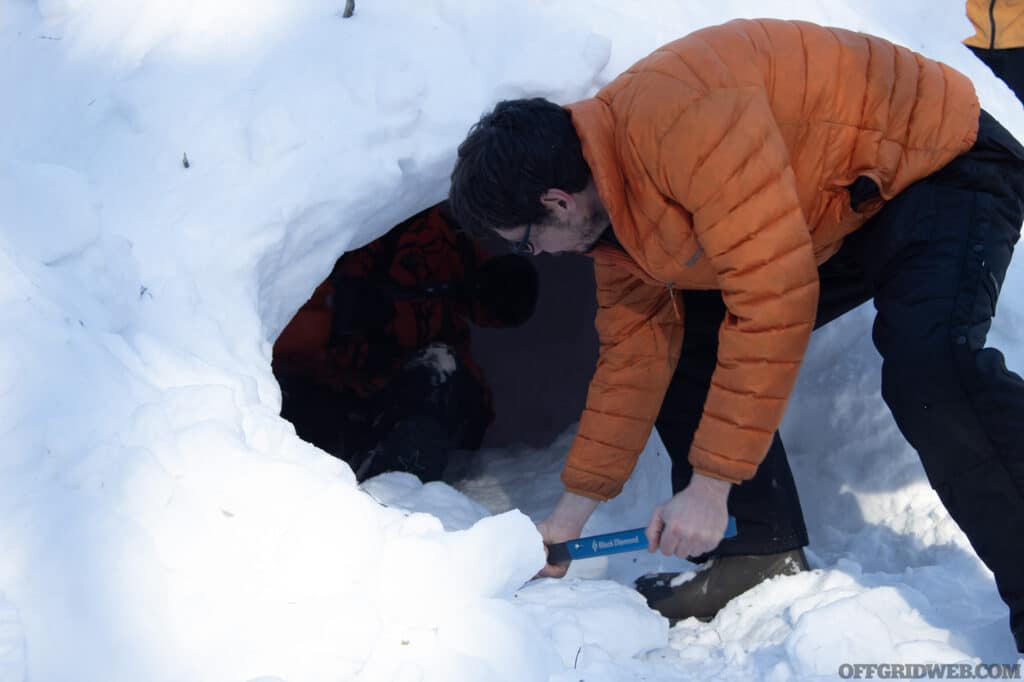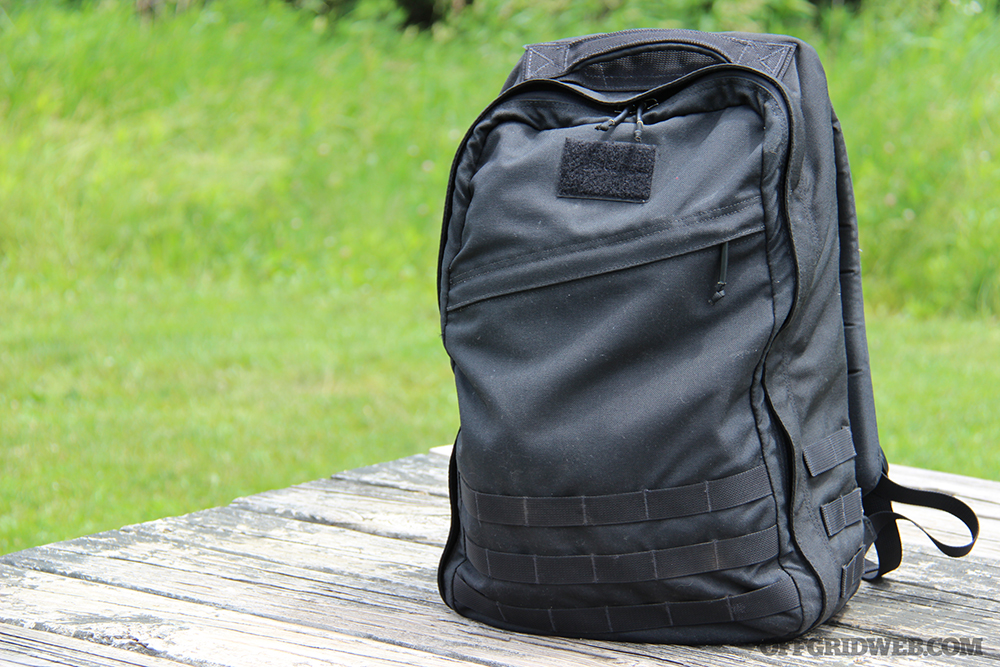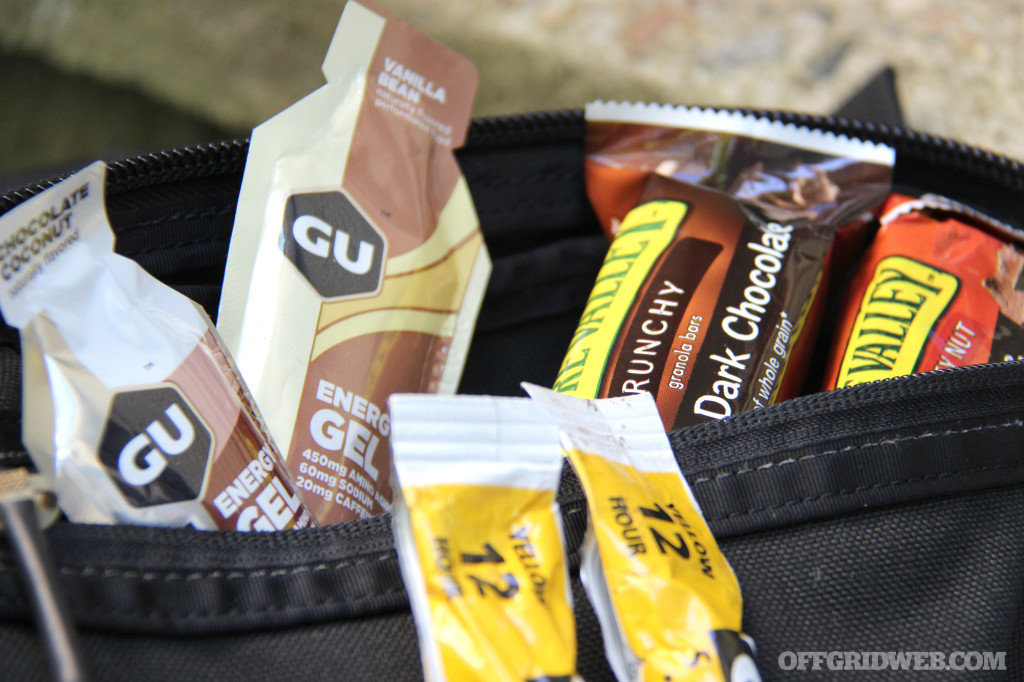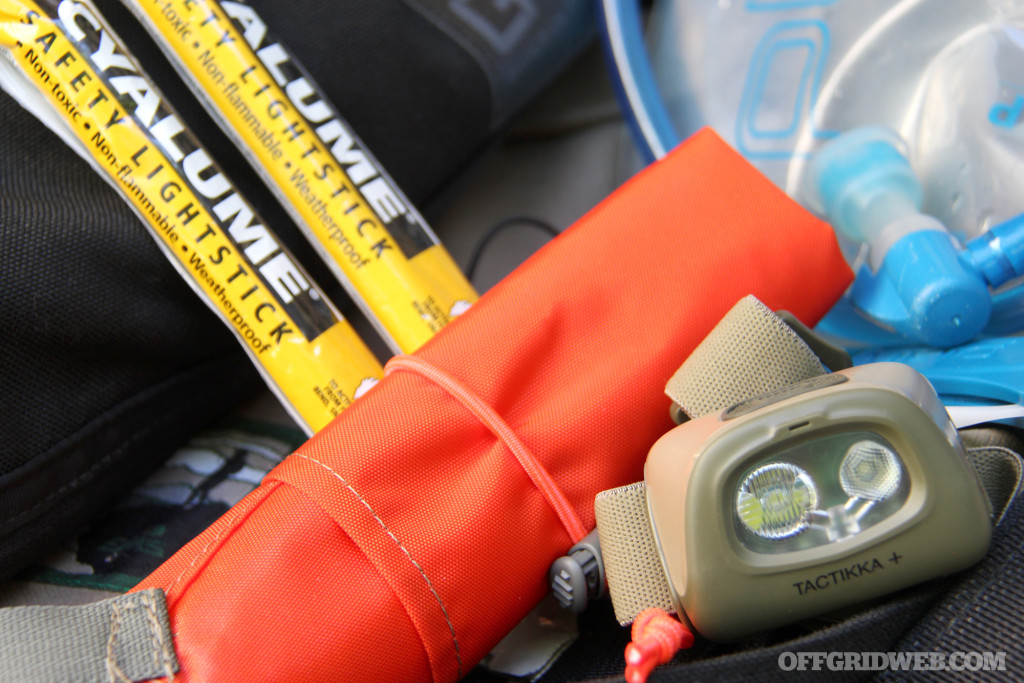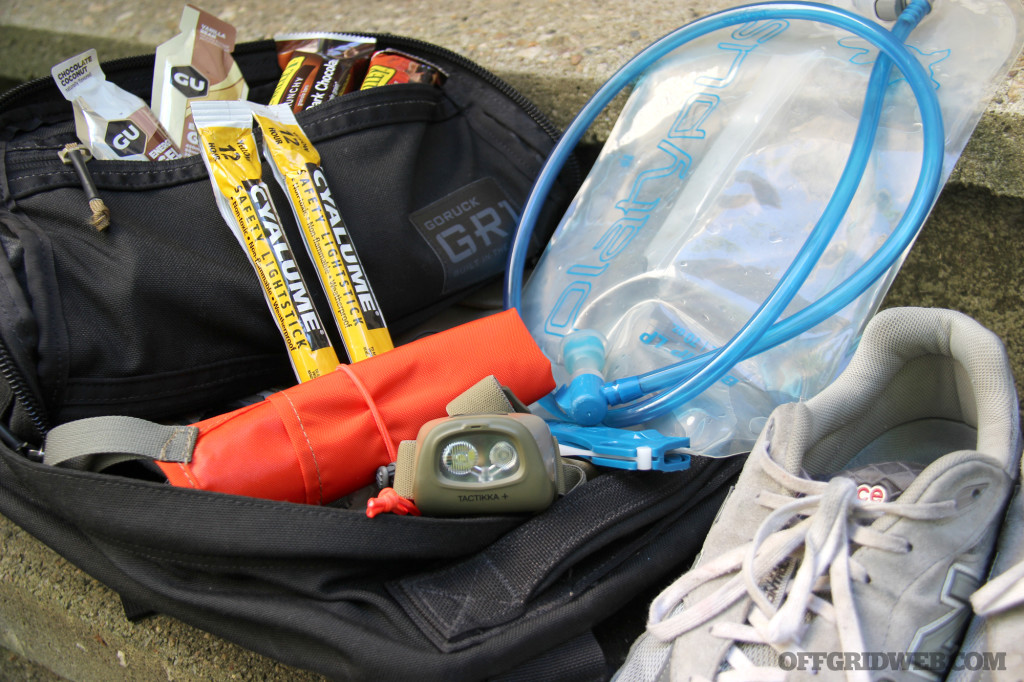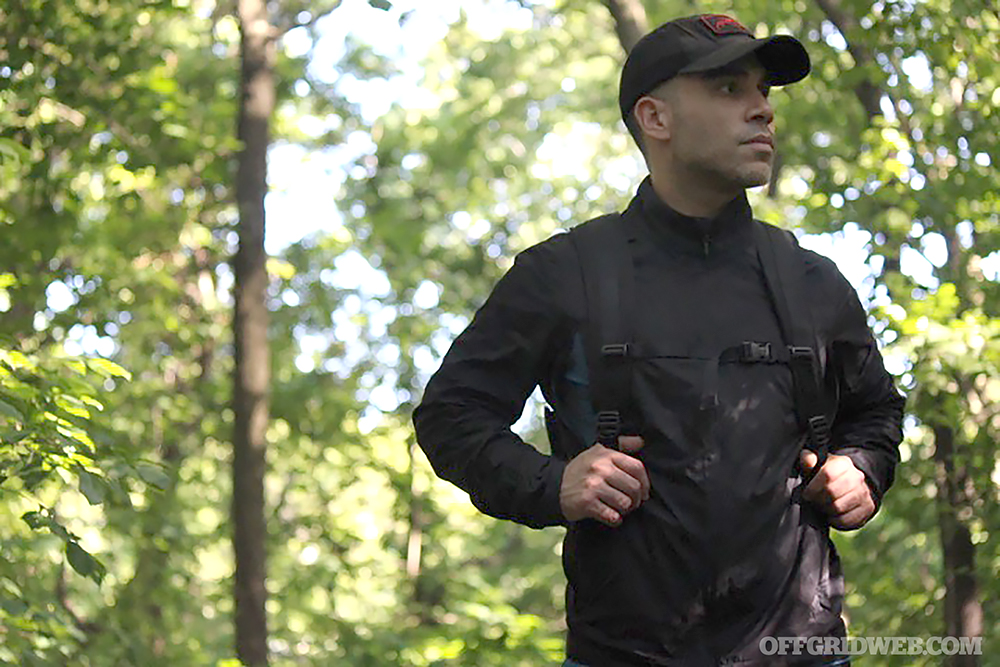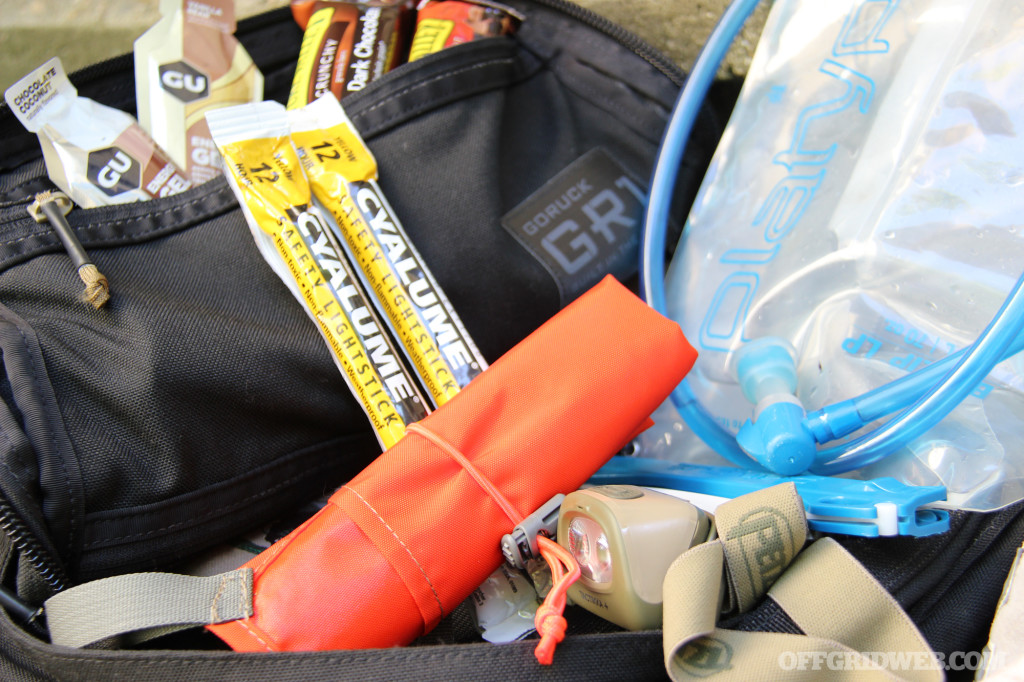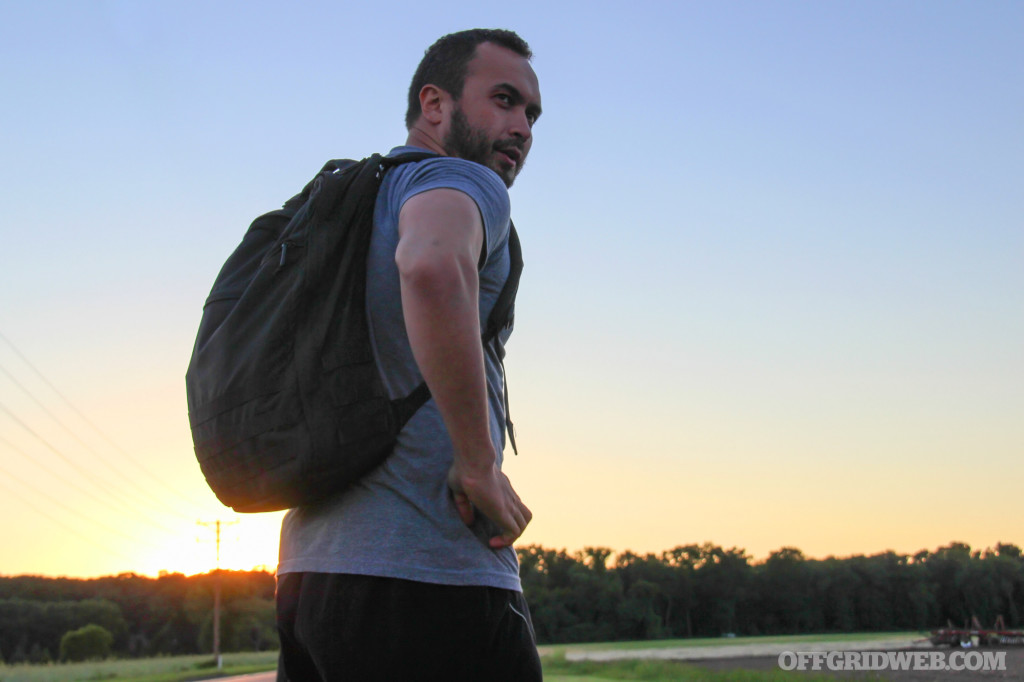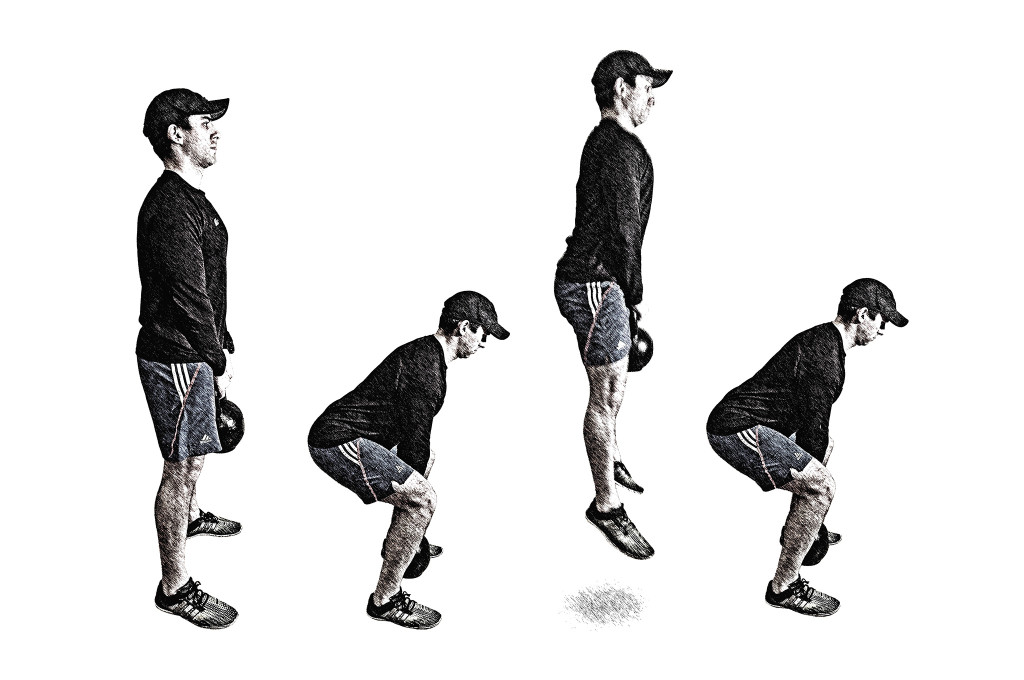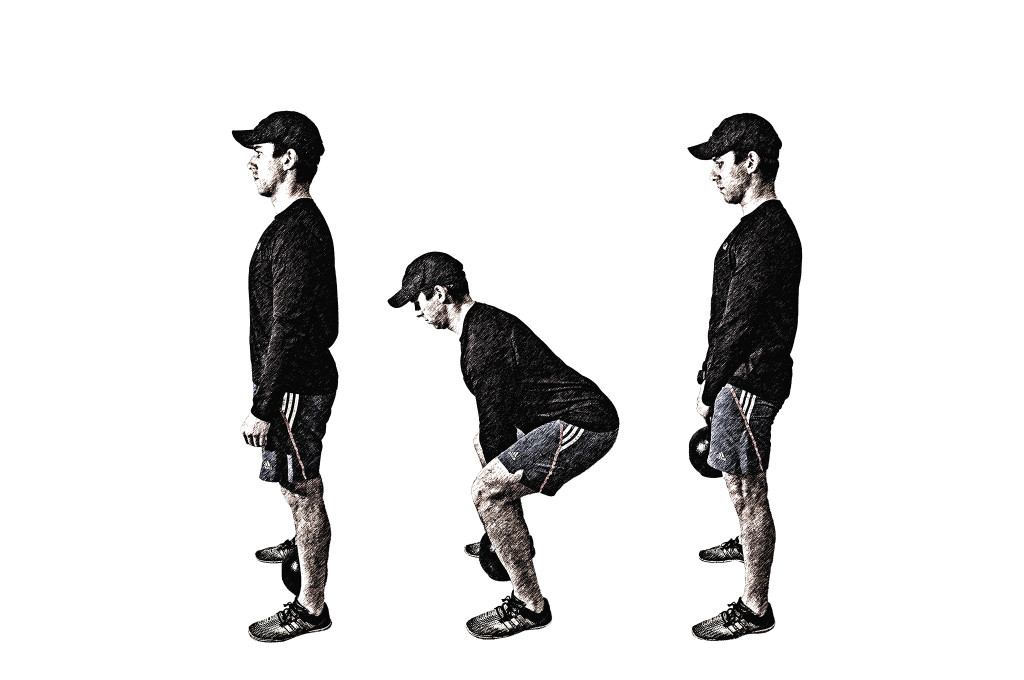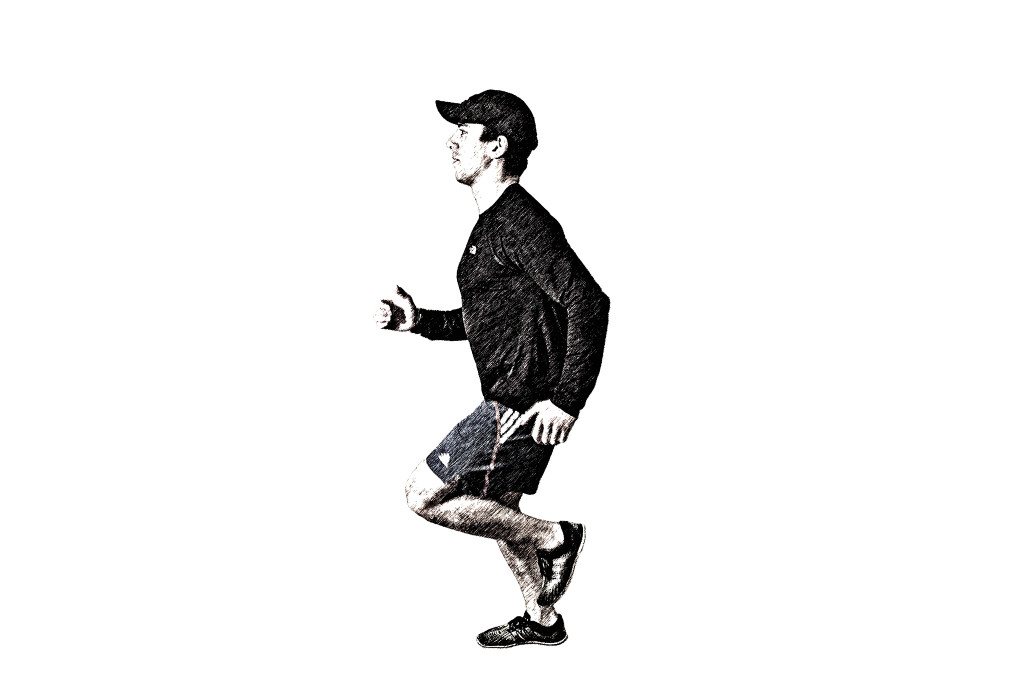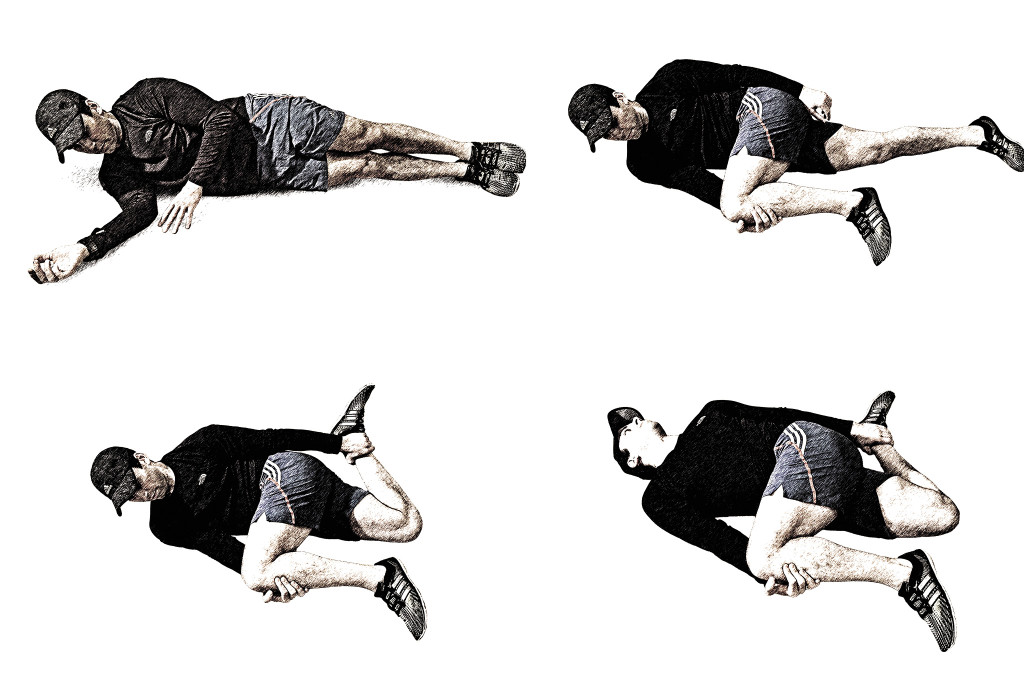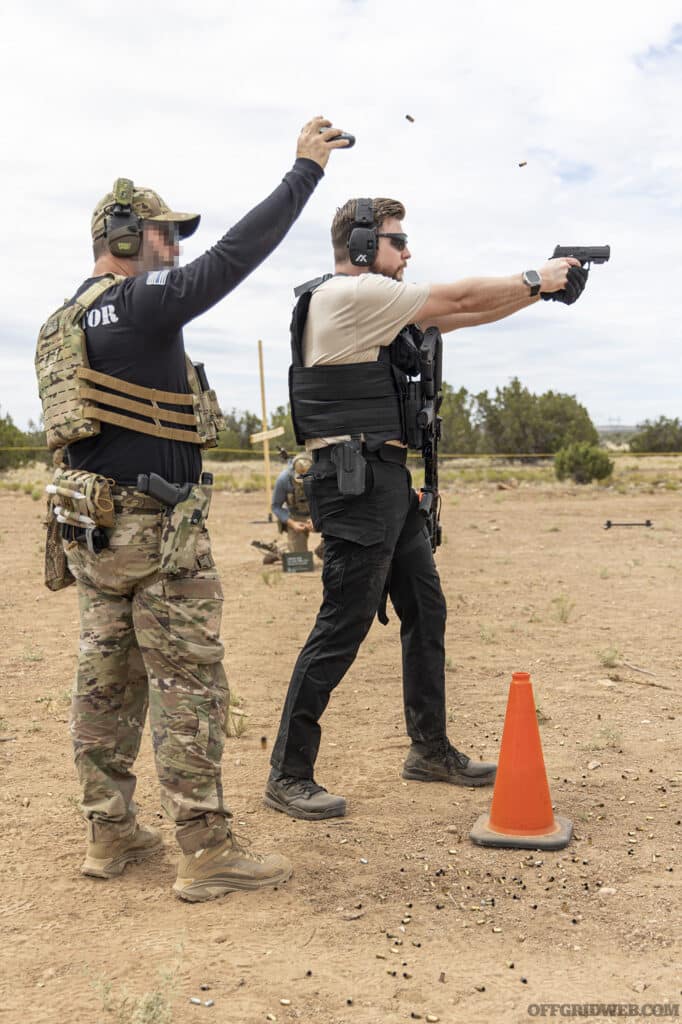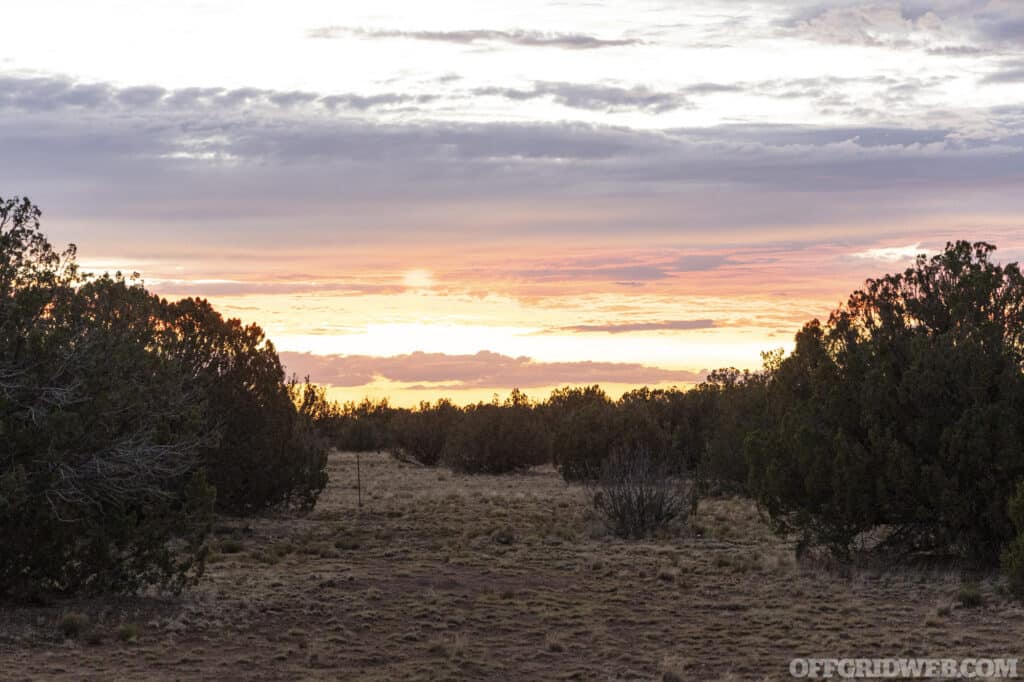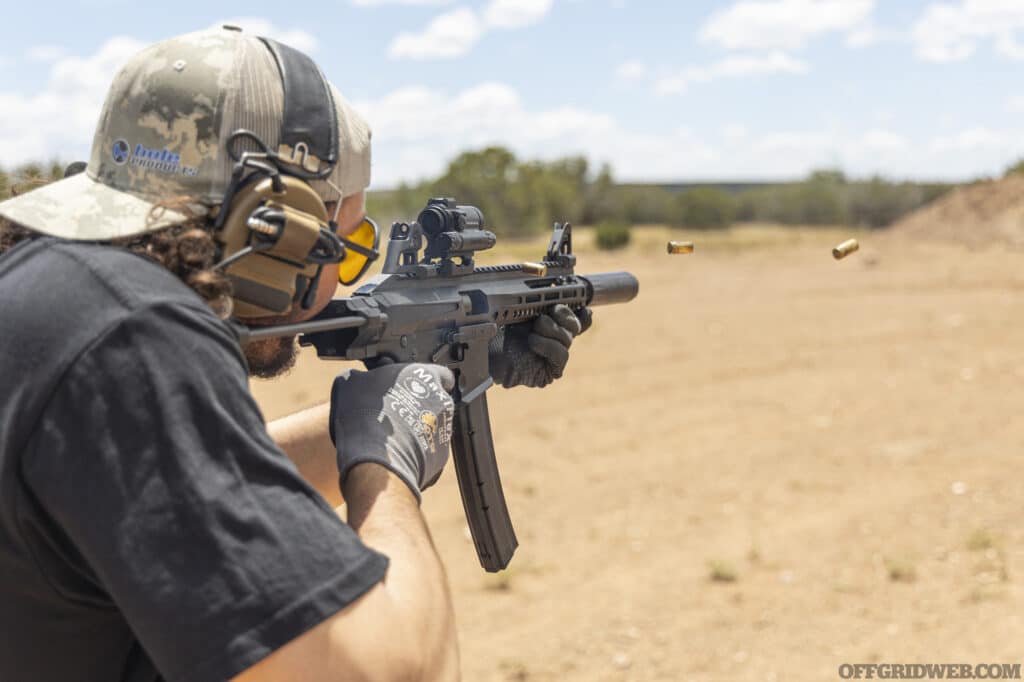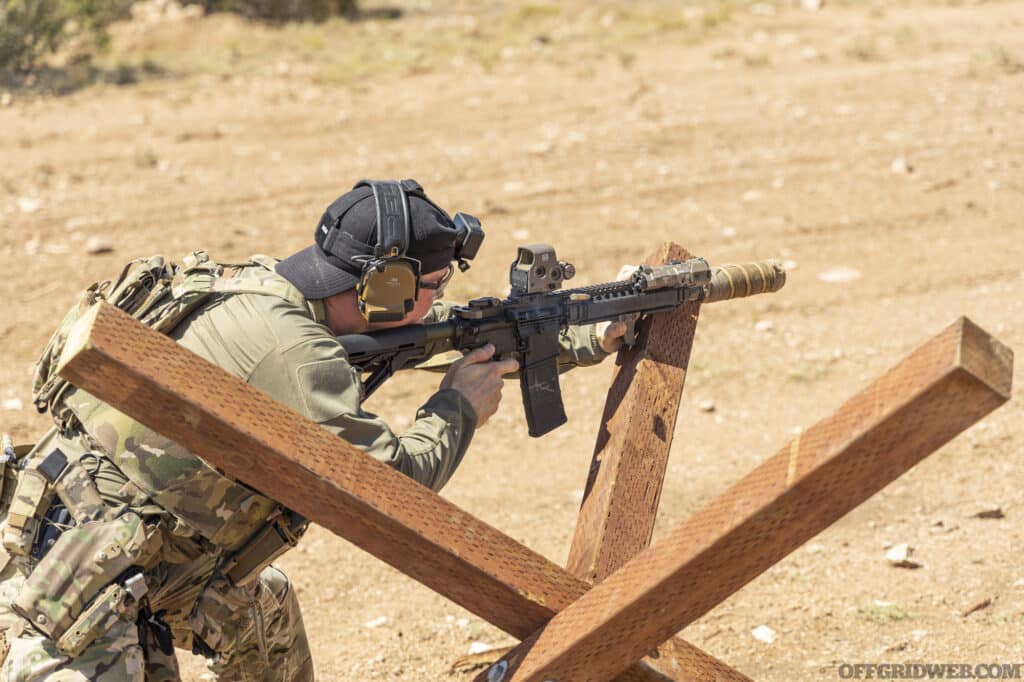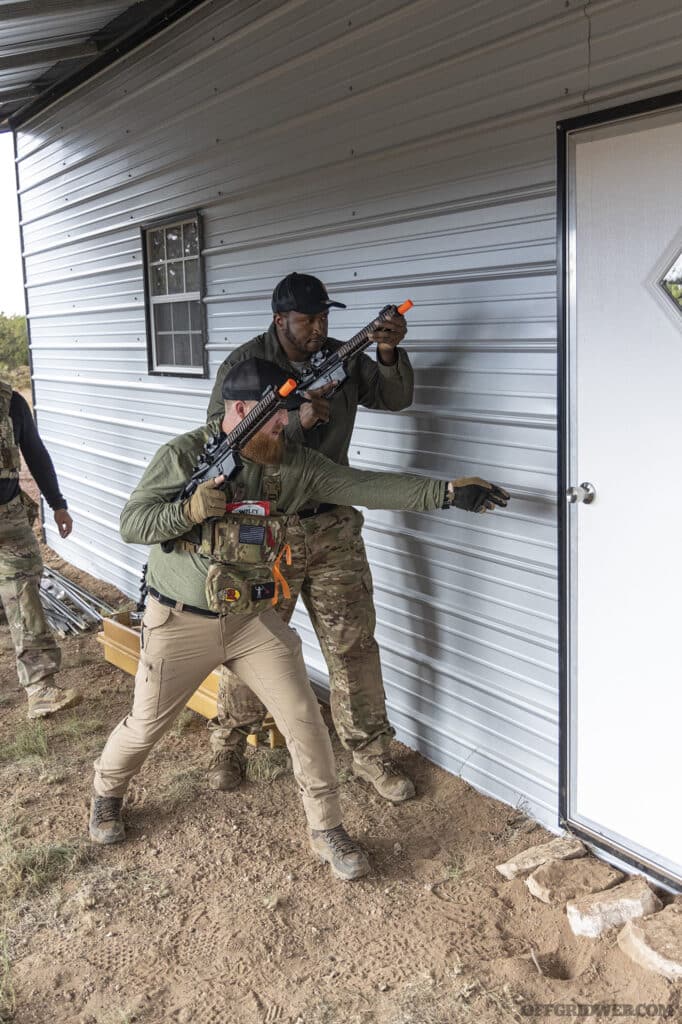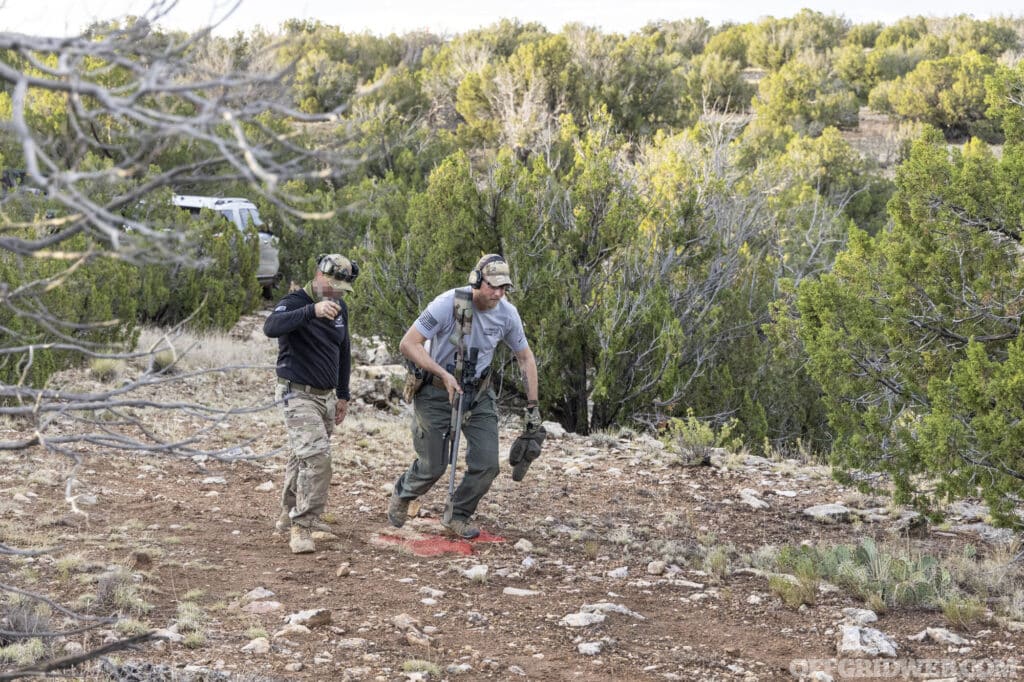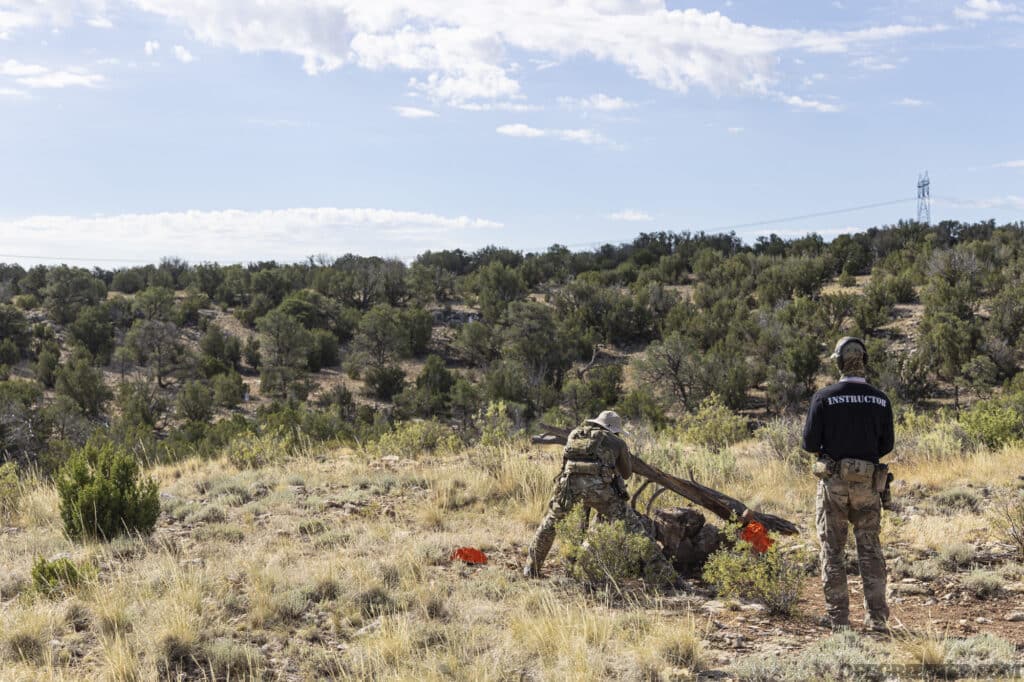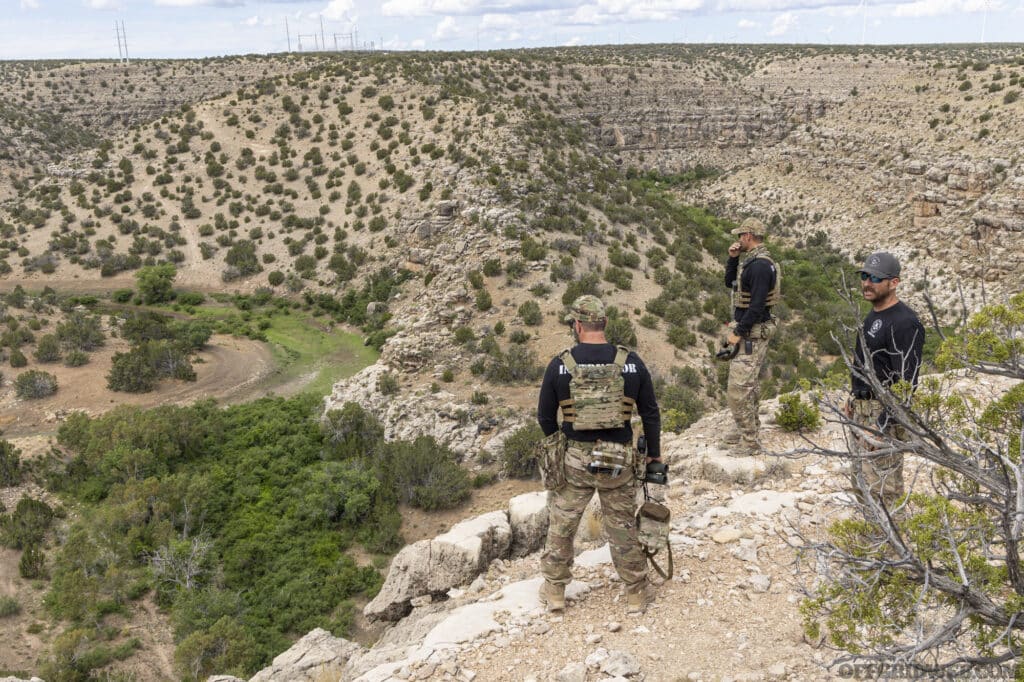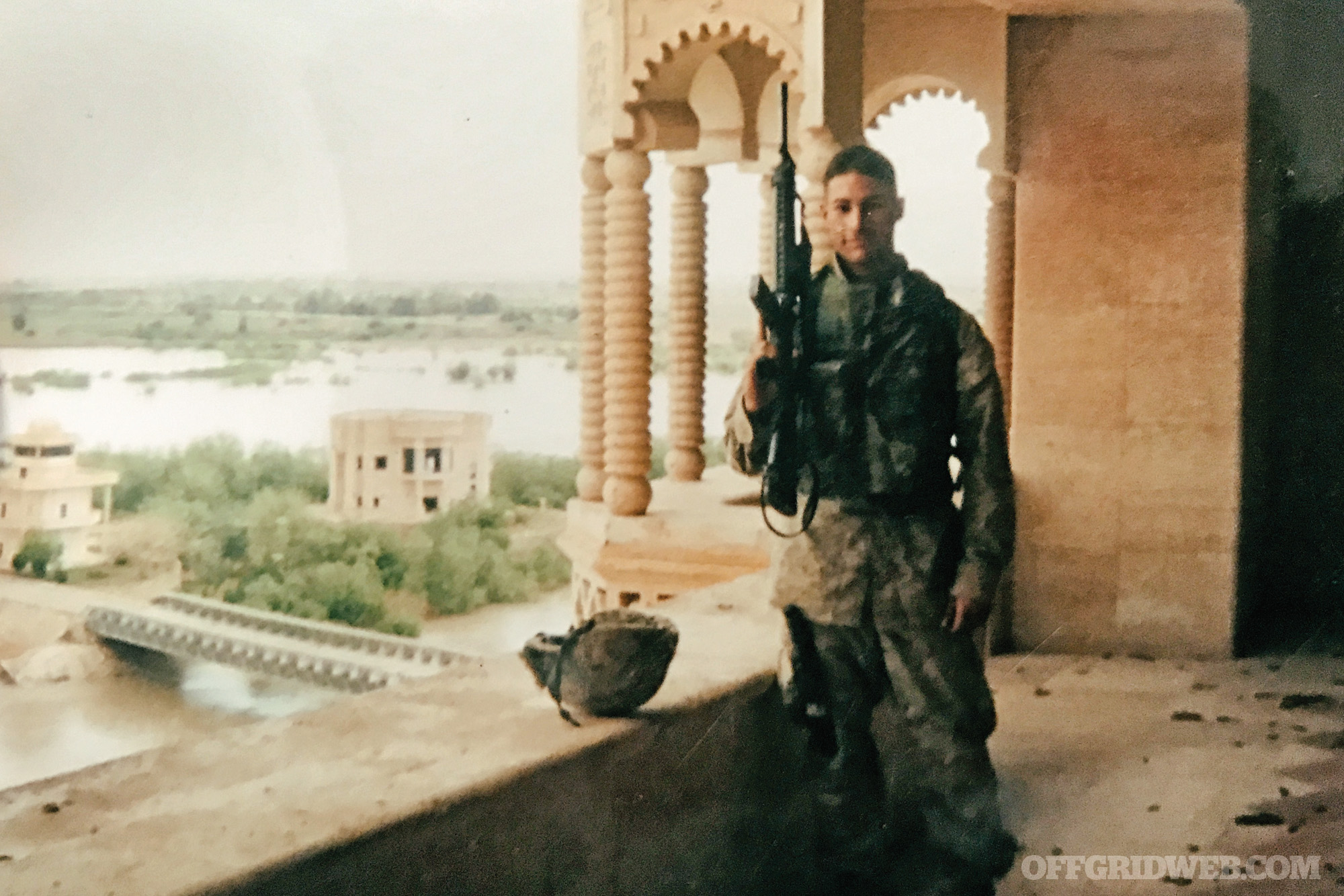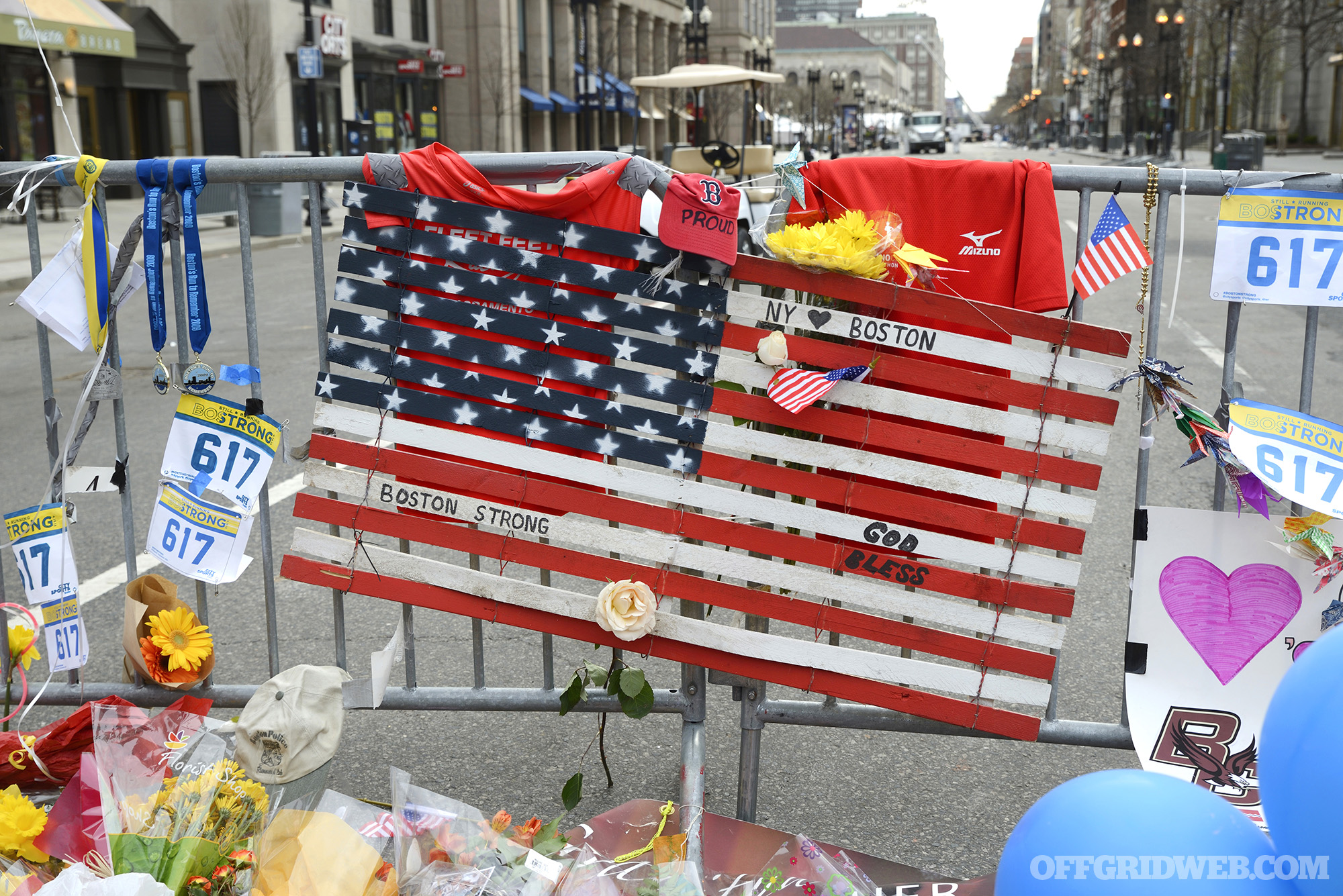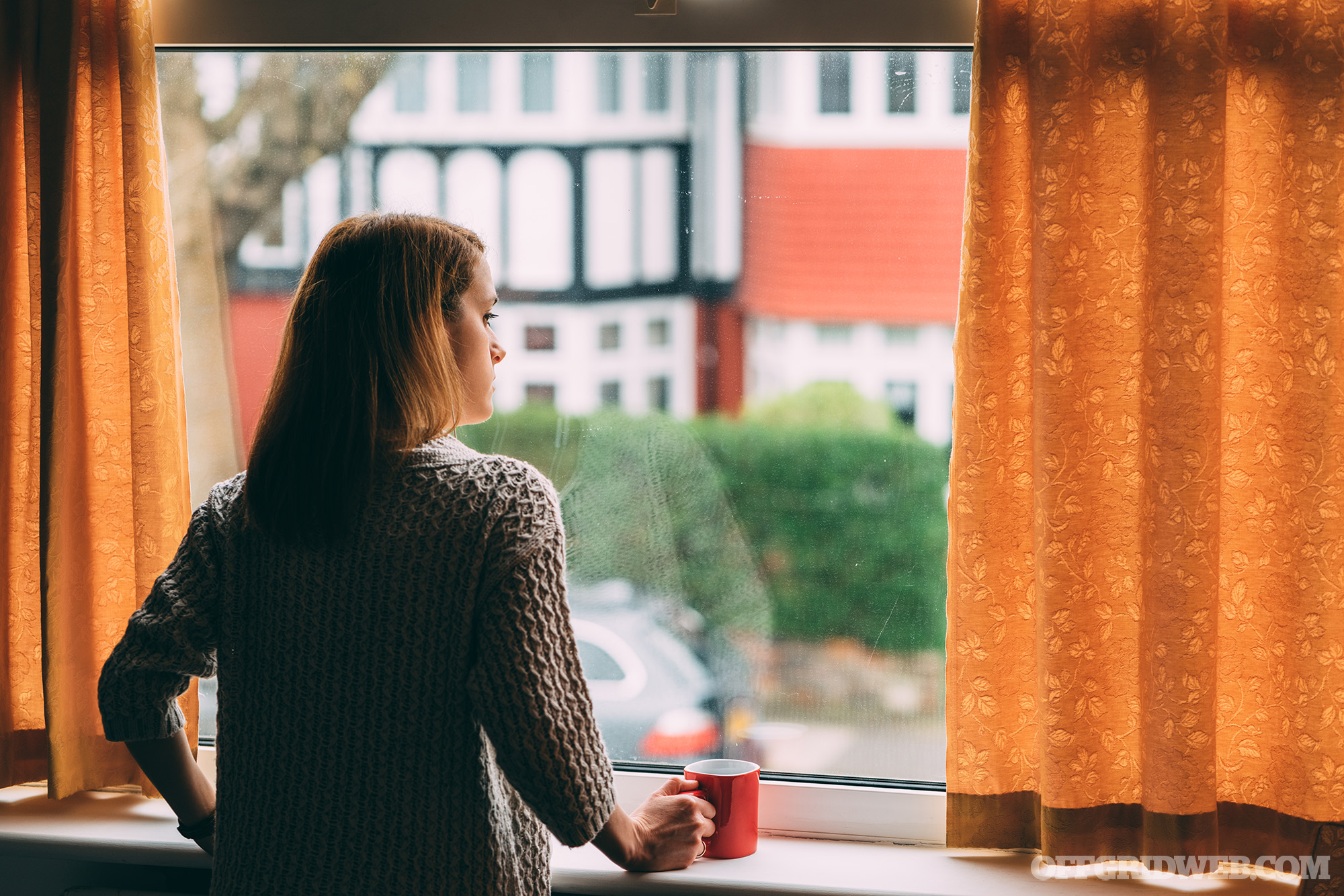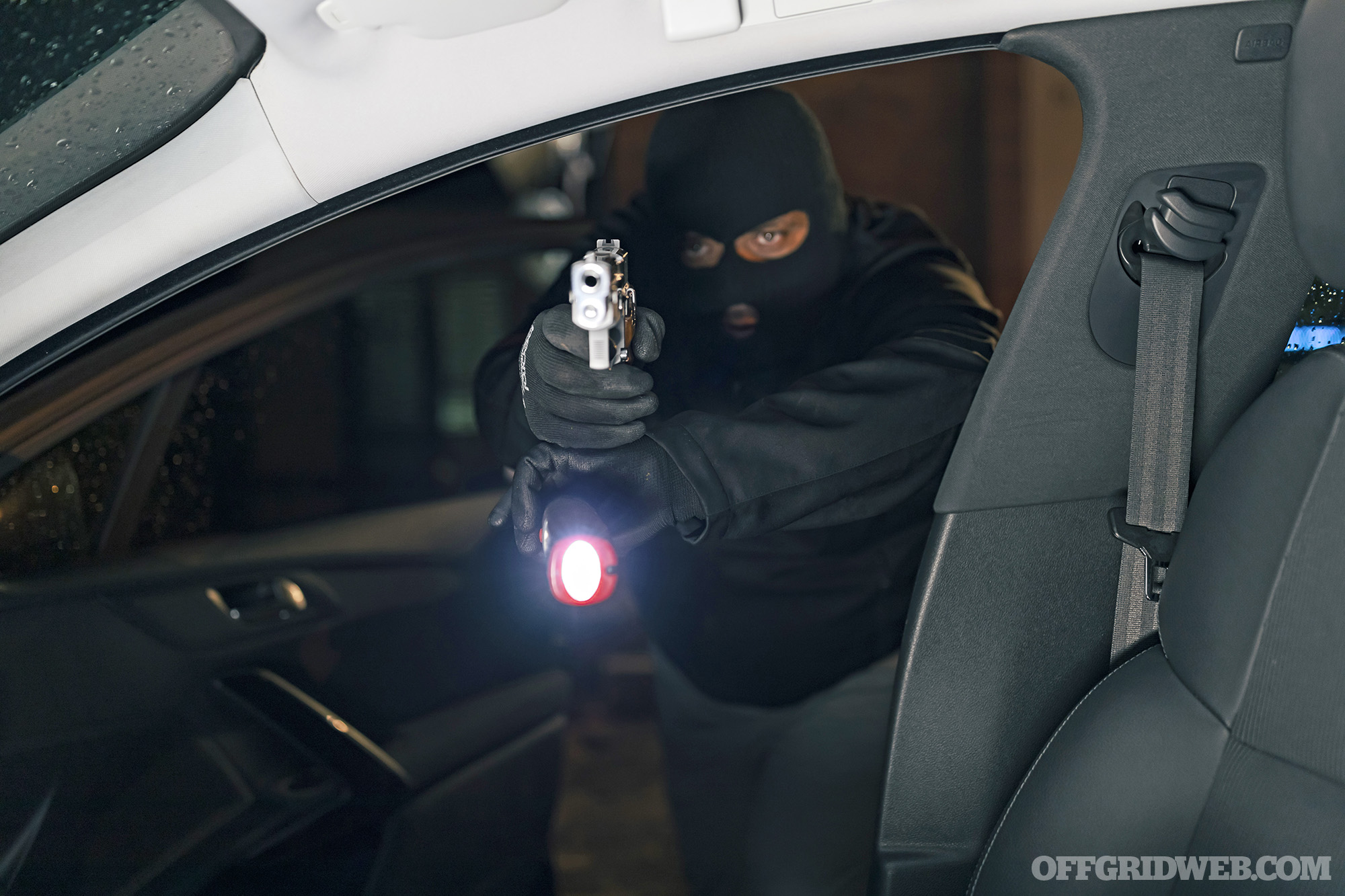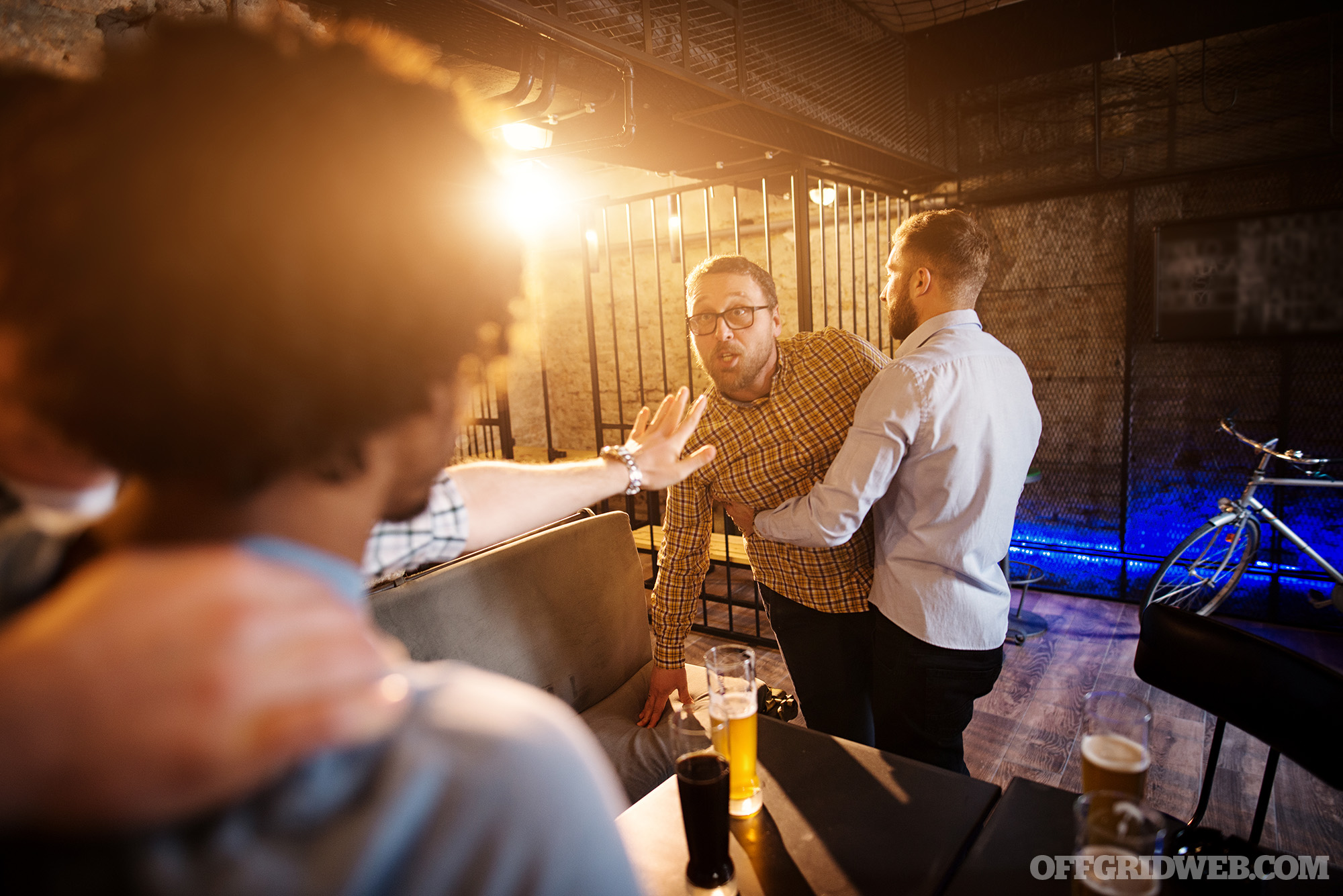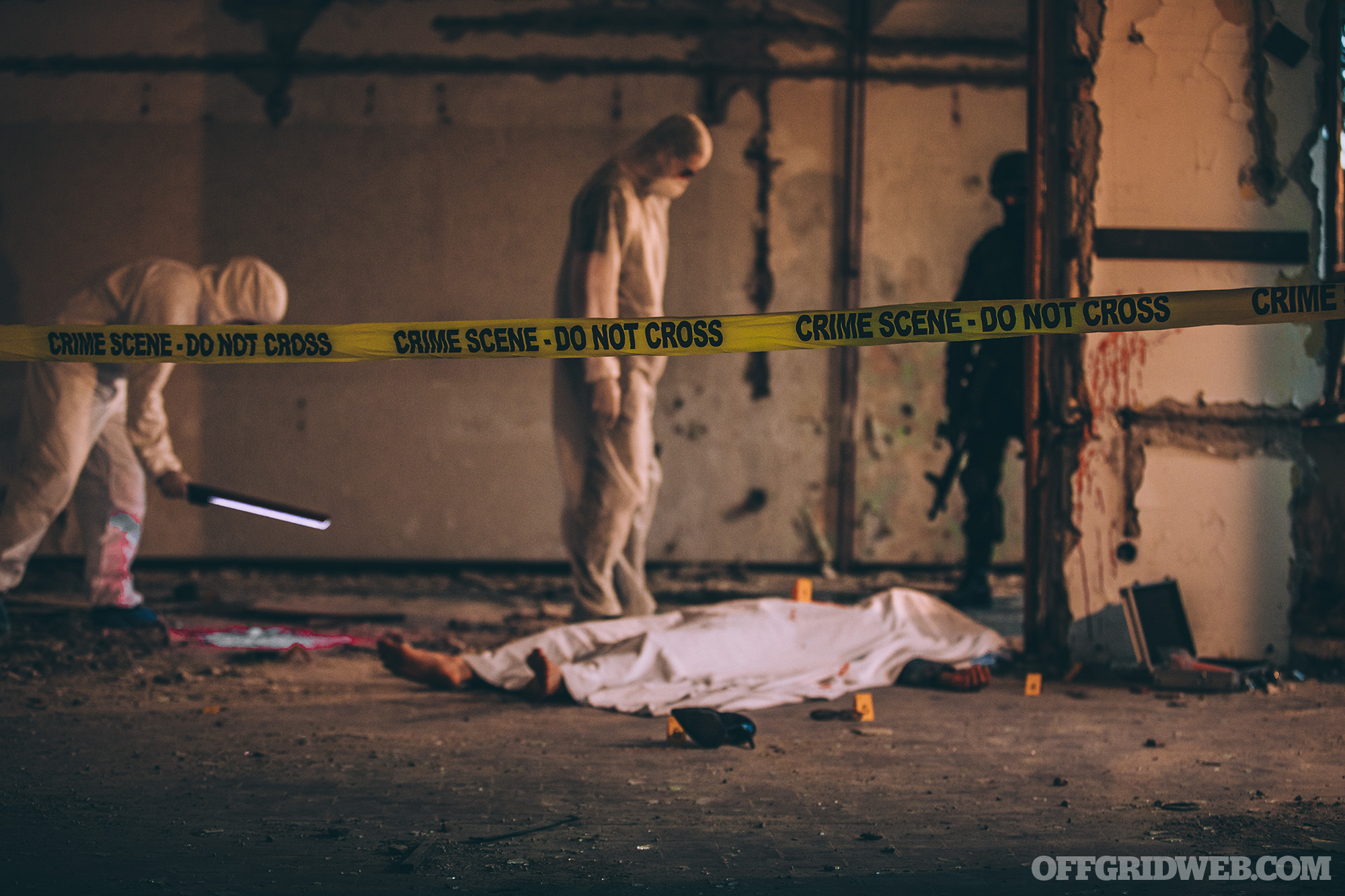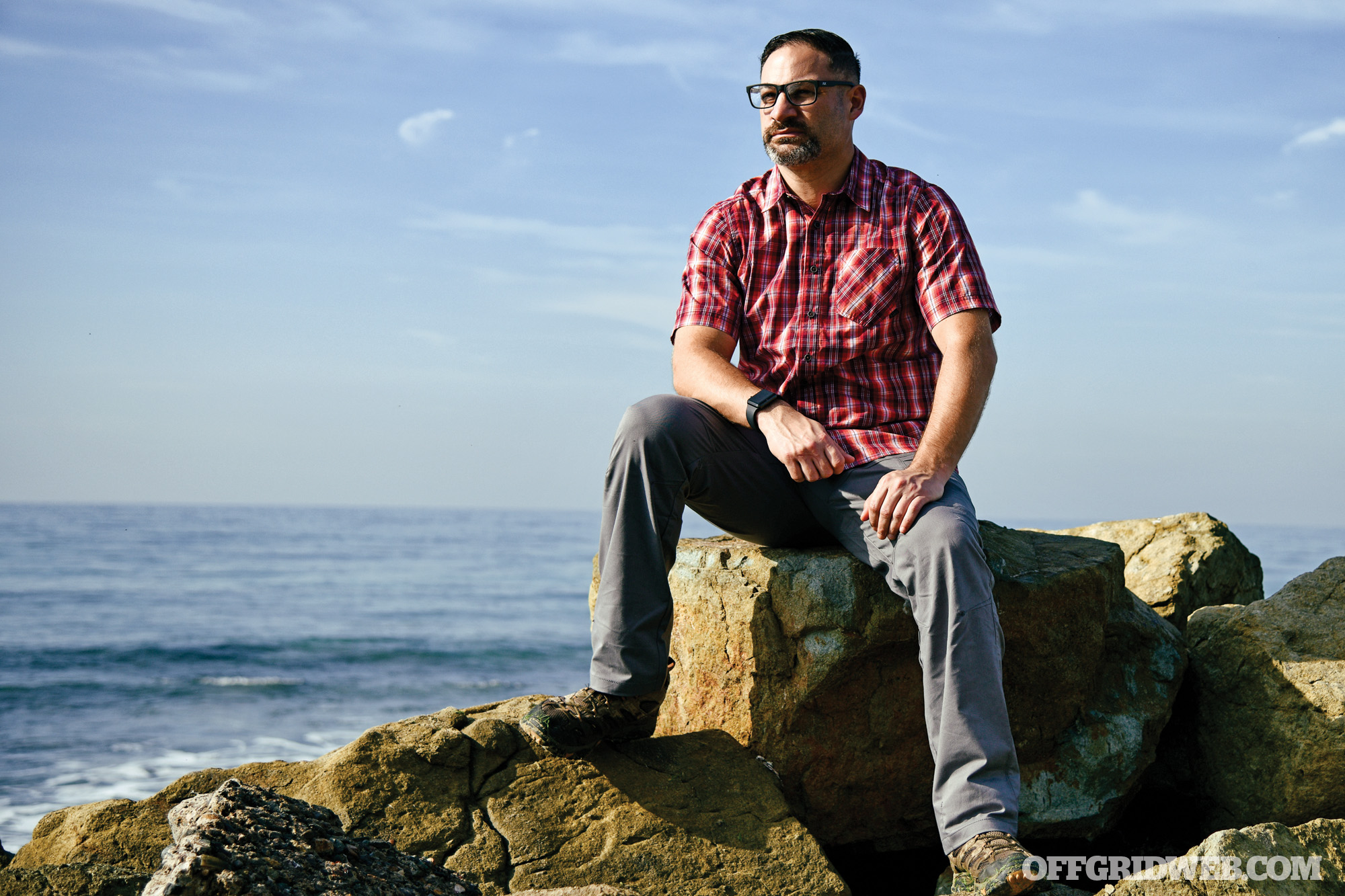In This Article
For those seeking something beyond a typical getaway, Offgrid Adventures are handpicked wilderness escapes offer more than just scenic views — they challenge your grit, test your limits, and immerse you in landscapes where survival and adventure go hand in hand. Prepping for a backcountry trek or simply looking for a place to unplug over the weekend is not always as easy as it seems. However, these destinations offer the right blend of raw beauty and adventure that will have you feeling recharged and reconnected with nature.
Offgrid Adventure: Mount Umunhum – San Jose, CA
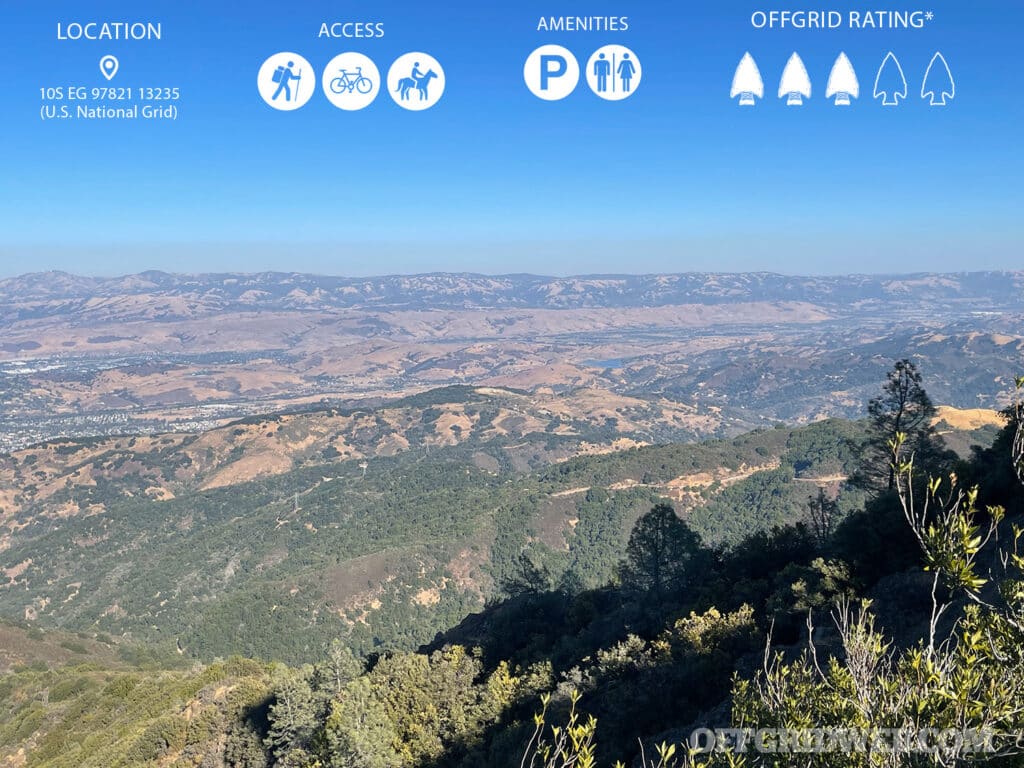
Adventure Appeal
Where rugged wilderness meets Cold War history. Climb to one of the highest peaks in the Bay Area, where the journey is just as thrilling as the view. Located in the Sierra Azul Open Space Preserve, Mount Umunhum — a Native American name that describes the sound a hummingbird makes — offers adventurers a unique mix of challenging terrain, breathtaking vistas, and fascinating Cold War history.
At 3,486 feet, the summit provides sweeping views of the Pacific Ocean, the Santa Cruz Mountains, and the sprawling San Francisco Bay Area. It’s a day hike, but don’t let the proximity to civilization fool you — this trail will test your endurance, climbing 3.7 miles with over 1,100 feet of elevation gain. Along the way, you’ll trek through dense forests, cross rocky terrain, and be rewarded with a view that feels miles away from the hustle of city life.
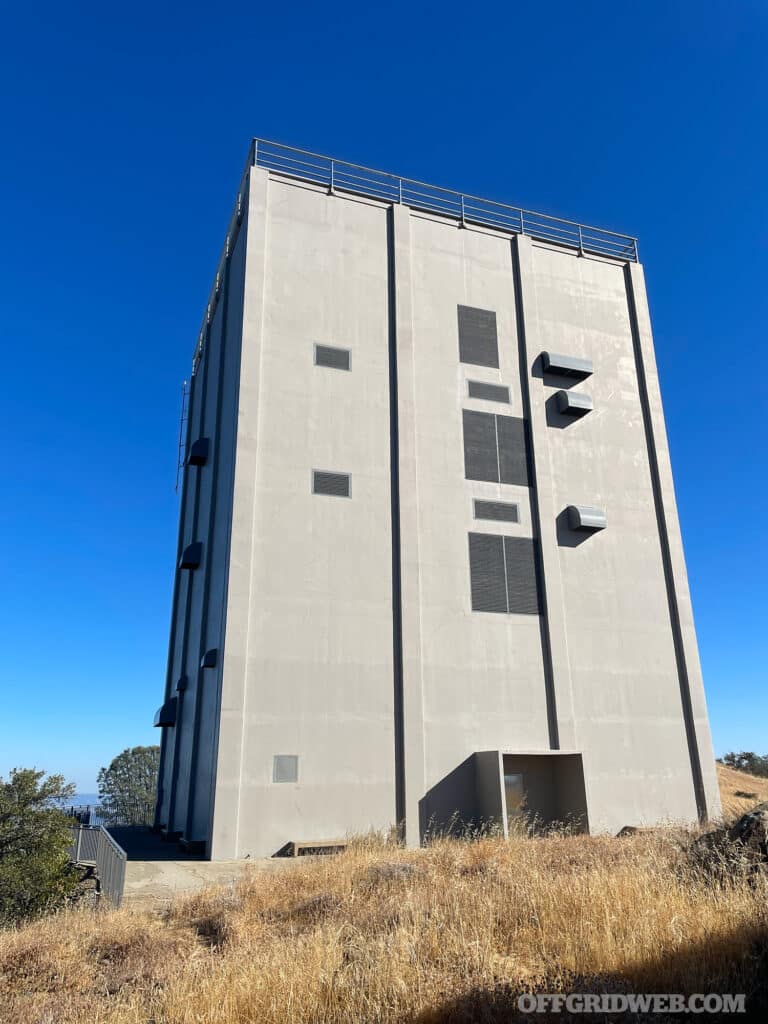
This five-story Cold War relic can be seen from almost everywhere in the Bay Area, but few people make the ascent to get up close to it.
Survival Readiness
While Mount Umunhum is a relatively accessible day trip, it comes with its own set of challenges. The steep climb, exposure to the elements (especially the sun on cloudless days), and the lack of water sources along the trail mean hikers need to come prepared. Pack plenty of water, sun protection, and a map — cell service can be spotty, and some rocky, narrow sections require careful footing. The isolation, though brief, offers a chance to test your readiness without straying too far from safety.
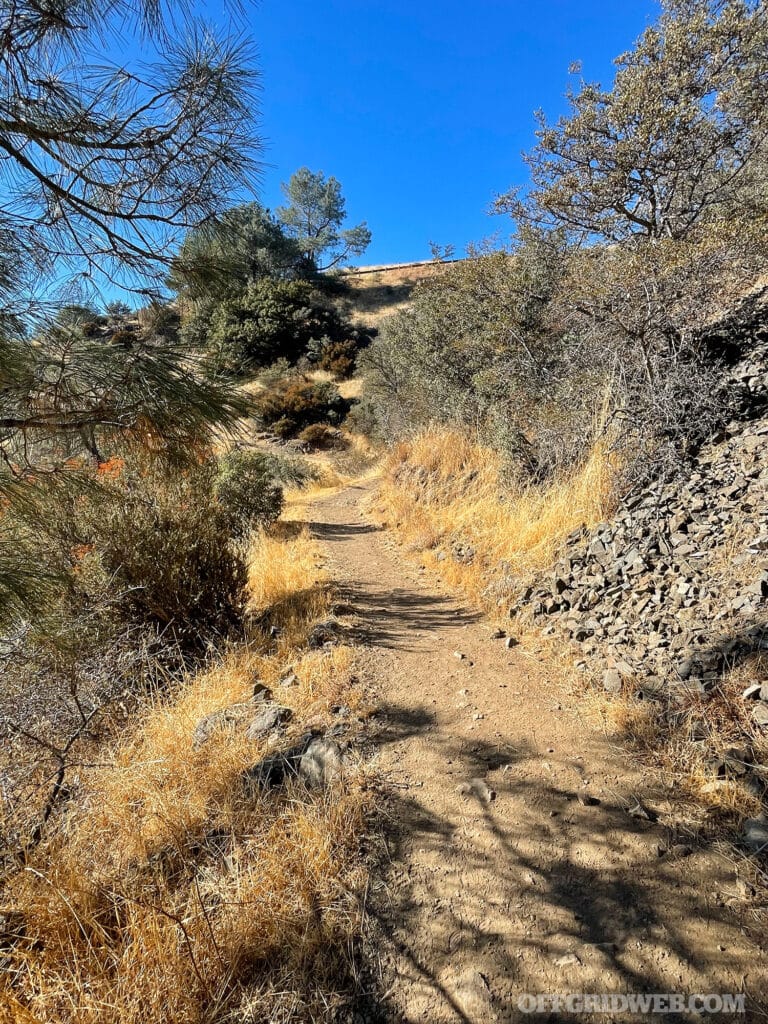
A well-established network of trails provide a great opportunity to connect with nature.
Getting There
Mount Umunhum is located about 30 minutes south of San Jose, California, making it an ideal adventure for Bay Area residents. Head into the Sierra Azul Open Space Preserve via Hicks Road, where you’ll find a parking area with access to the trailhead. The trail is open year-round, but it’s best tackled in the early morning or late afternoon to avoid the midday heat, especially in summer.
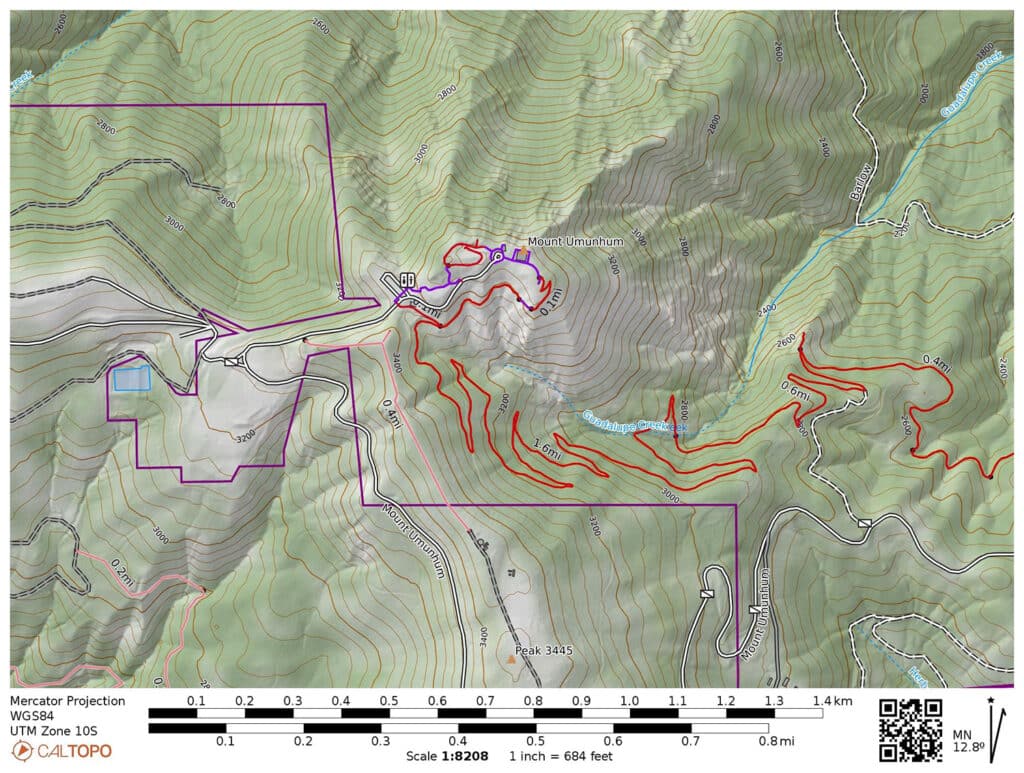
Topo map of Mt. Umunhum (Source: CalTopo)
Local Perks
After your climb, explore the area’s rich history. Mount Umunhum was once the site of a Cold War radar station, and remnants of that era still stand at the summit, including the iconic radar tower. For those interested in expanding their adventure, nearby Almaden Quicksilver County Park offers additional hiking opportunities, or head to downtown San Jose for a taste of local cuisine and craft breweries.
Mount Umunhum offers a satisfying mix of isolation and accessibility.
The trail is rugged enough to feel adventurous, but with easy road access, ample parking, and historical plaques along the way, it doesn’t push the limits of true off-grid living. You won’t find any services at the summit itself, but cell reception is decent, and the trail is well-marked. If you’re looking for a quick escape without venturing into the unknown, this is the perfect spot for a moderate-level off-grid experience.
Offgrid Adventure: Rockhouse Hill Sanctuary – Oxford, CT
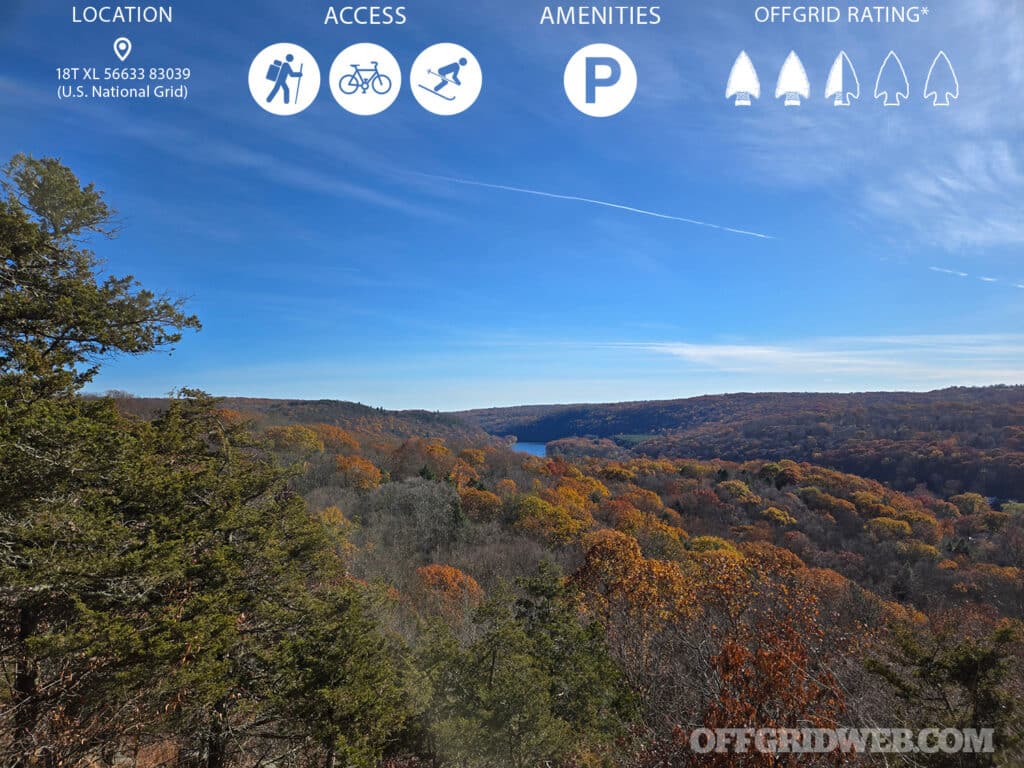
Adventure Appeal
Rockhouse Hill offers a range of hiking experiences, starting at a gravel parking lot with an information kiosk providing maps and details about the area’s history and wildlife. A flat, gravel path leads into the forest, but the terrain quickly shifts to rocky trails shaped by glacial deposits, with plenty of ascents and descents that keep things engaging. For an easy stroll, a path to the riverbank winds through a pine-needle-covered forest, though the return uphill can be steep.
The trails pass a lively reservoir filled with frogs and waterfowl and remnants of earlier settlements, like ornamental plants and invasive wineberry. Further along, the terrain becomes more rugged, culminating in a cliffside view of the Housatonic River Valley. Hikers can choose easier routes with moderate climbs and stream crossings or tackle the “On the Rocks” trail, a steep, boulder-strewn challenge. Excellent trail markers and loops make navigation simple, ensuring an adventurous and rewarding hike.

Numerous water sources attract a wide variety of wildlife to the area.
Survival Readiness
The Sanctuary is a self-guided experience with no amenities — no restrooms, water stations, or staff — so come prepared with water and first aid essentials. While it feels remote, the preserve is close to a main road, with restaurants and grocery stores about 15 minutes away, and it generally has good cell service unless you venture onto connecting trails. Hiking boots or trail runners are essential for navigating slippery rocks, which stay wet longer under the tree cover, and waterproof footwear can help during rainy periods when streams may overflow. Though near homes and a high school, emergency response may be delayed, so plan accordingly. The cliffside area gets full sun and wind, making weather-appropriate clothing a must. Oxford’s wooded setting is home to wildlife, including black bears, coyotes, rattlesnakes, spiders, and ticks — bear spray, tick repellent, and staying on marked trails are your best defenses.

Well-groomed trails are perfect for bikers, hikers, and cross country skiers after the snow starts to fly.
Getting There
Rockhouse Hill Sanctuary is about a 20-minute drive off Exit 16 on Interstate 64. It is about 40 minutes north from Danbury and an hour south from Hartford. The parking area of the sanctuary is off Route 188, just past the entrance for Oxford High School. The parking lot has room for about 8 to 10 cars and fills up fast on weekends and holidays, but during the week it is not uncommon to be the only person in there. Rockhouse Hill is open to the public all year long.
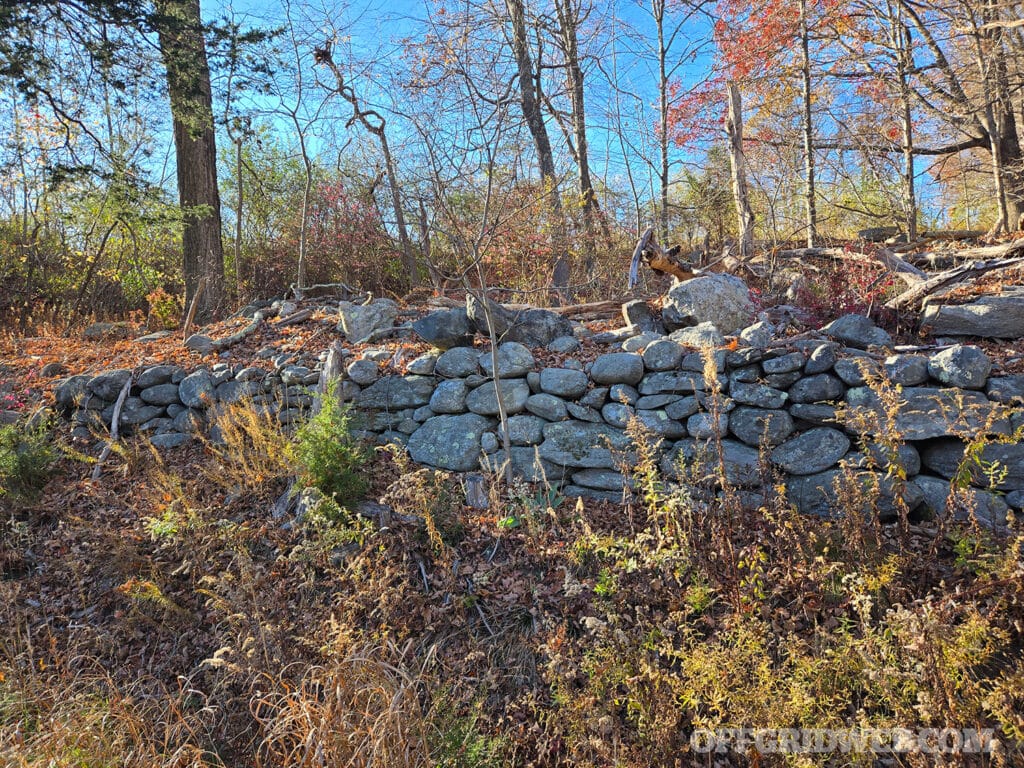
Adventure and History. Traces of the regions rich history can be found throughout Rockhouse Hill Sanctuary.
Local Perks
Hiking opportunities are abundant in the area with two major forests, three state parks, and several other preserves in the immediate area. If you are looking for a bite to eat after your hike Oxford has several restaurants on Route 67 including the historic Oxford House Tavern, as well as several more modern eateries in Quarry Walk Center. Rockhouse Hill Sanctuary is a hidden gem in Western Connecticut’s Naugatuck River Valley, offering a mix of gravel paths and rocky trails that showcase New England’s rugged charm.
Maintained by the town of Oxford with help from the Oxford High School Youth Conservation Corps and local Boy Scouts, the sanctuary features 15 miles of trails with options for all skill levels. Shorter, less challenging trails near the entrance still provide enough hills to get your blood pumping, while the deeper trails offer rock scrambles, varied terrain, and stunning views. Ambitious hikers can extend their adventure by connecting to adjacent state forest trails, exploring miles of woodland, rivers, and waterfalls
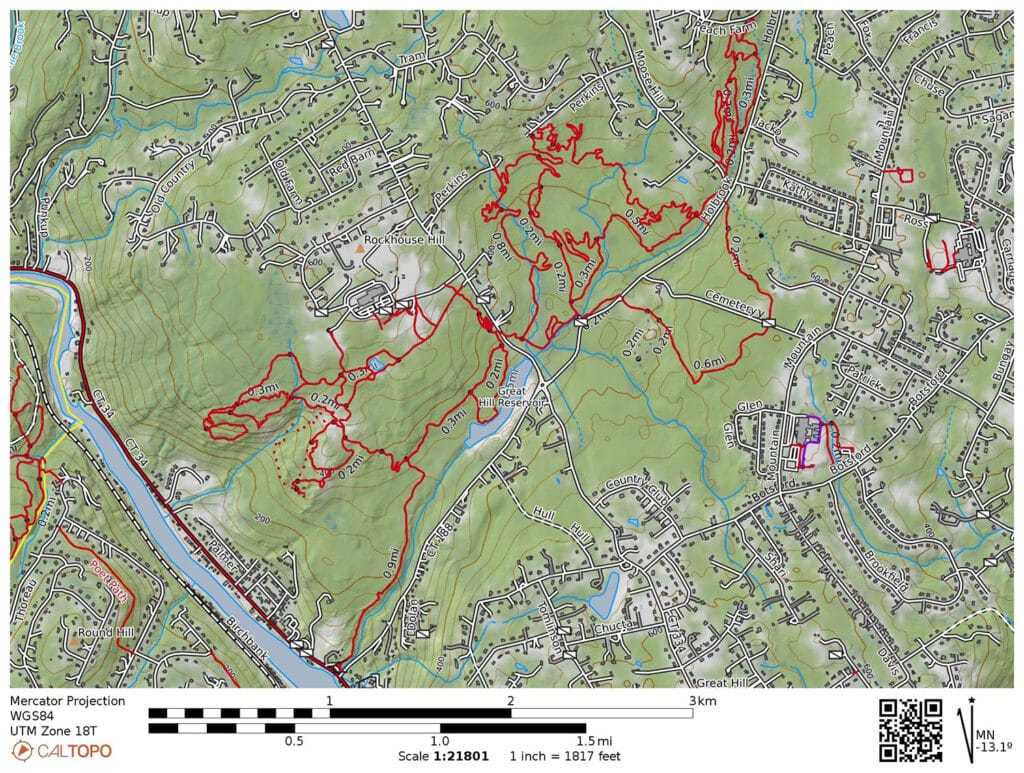
Topo map of Rockhouse Hill Sanctuary (Source: CalTopo)
Offgrid Adventures Rating Scale

Read More from Issue 66
Don’t miss essential survival insights—sign up for Recoil Offgrid’s free newsletter today!
- Editors Letter: SERE Skills for a Shifting World
- TOPS Knives El Pionero
- Lock Picking 101
- Surviving Unseen
- Gear Up: Ice Breakers
Check out our other publications on the web: Recoil | Gun Digest | Blade | RecoilTV | RECOILtv (YouTube)
Editor’s Note: This article has been modified from its original version for the web.

